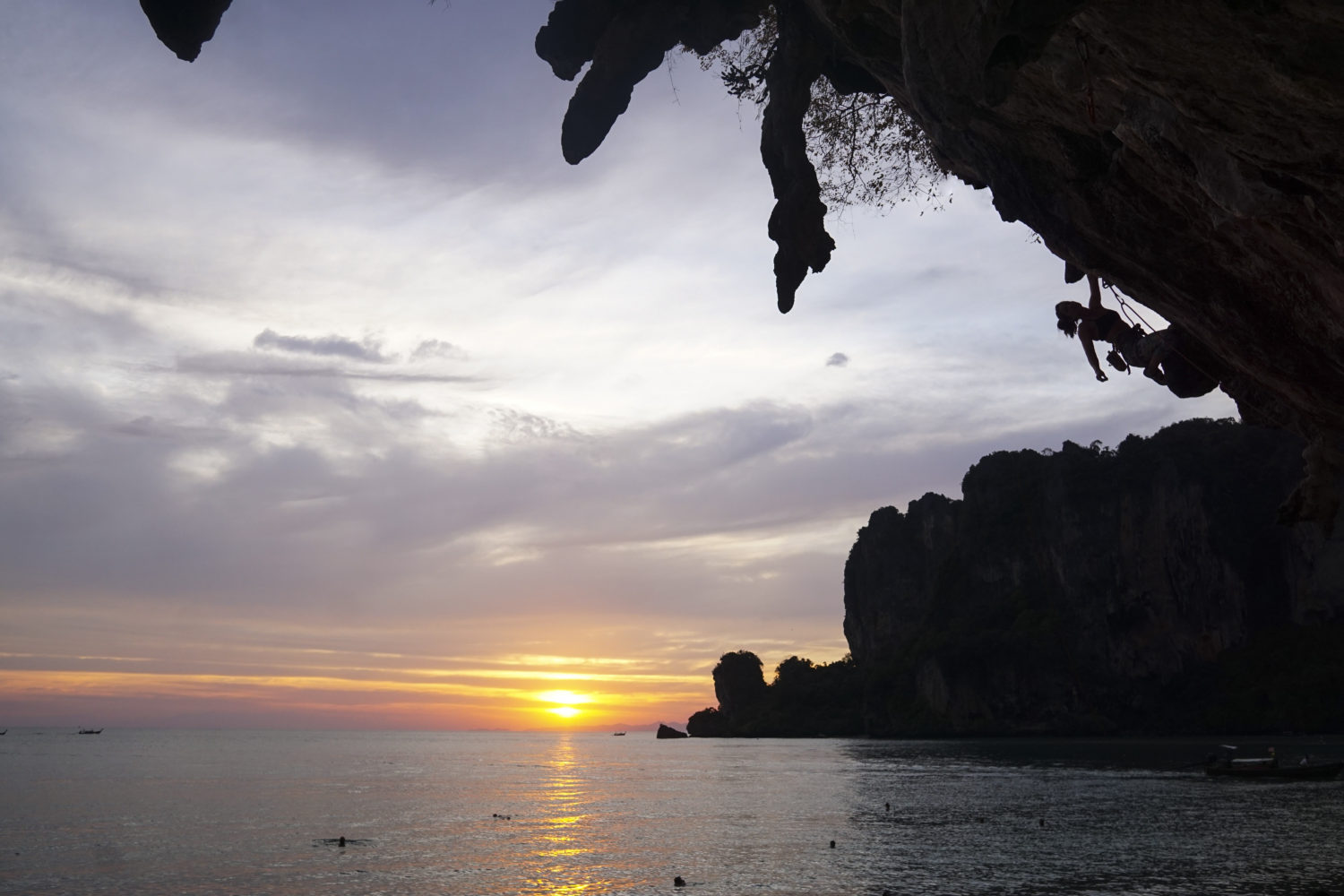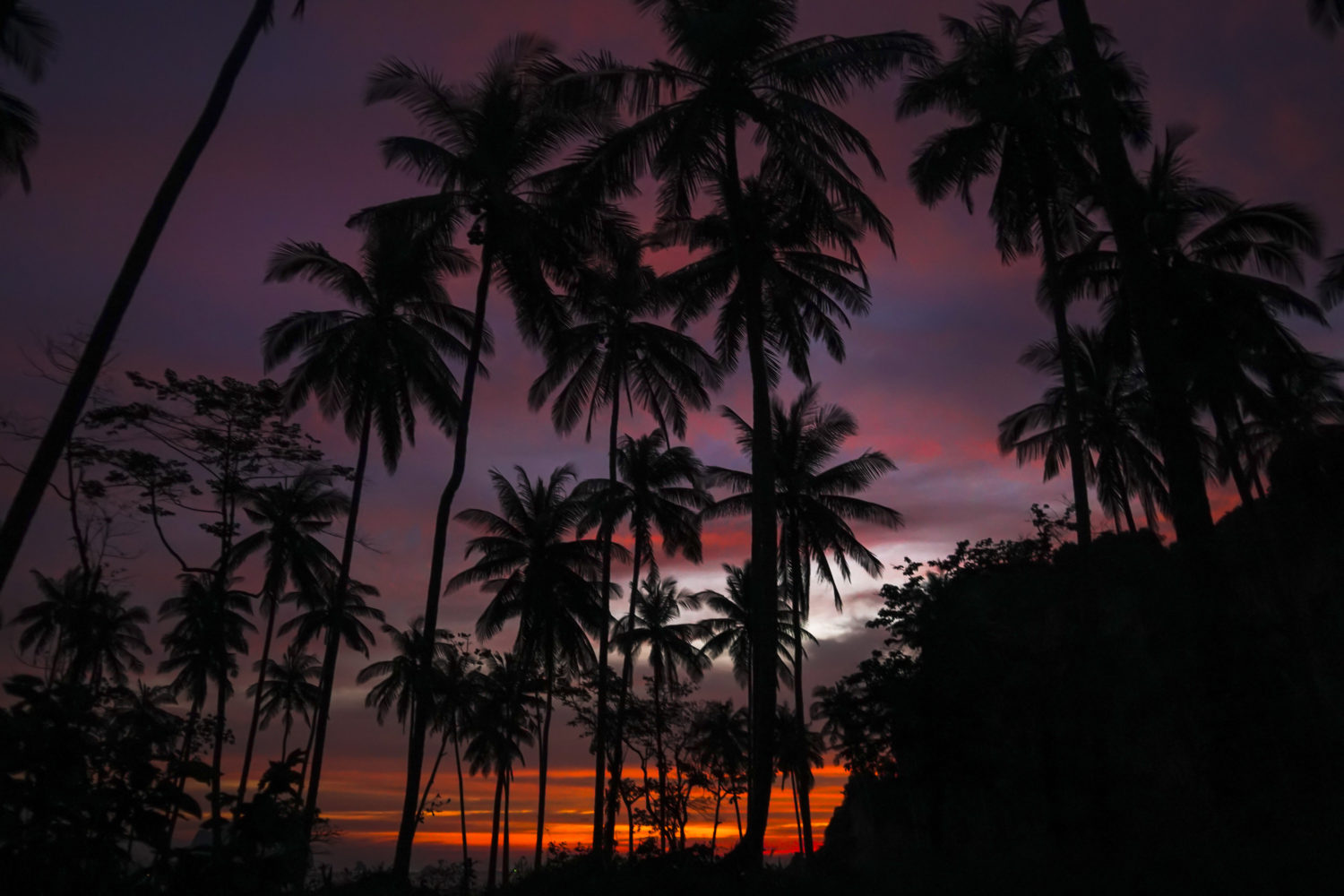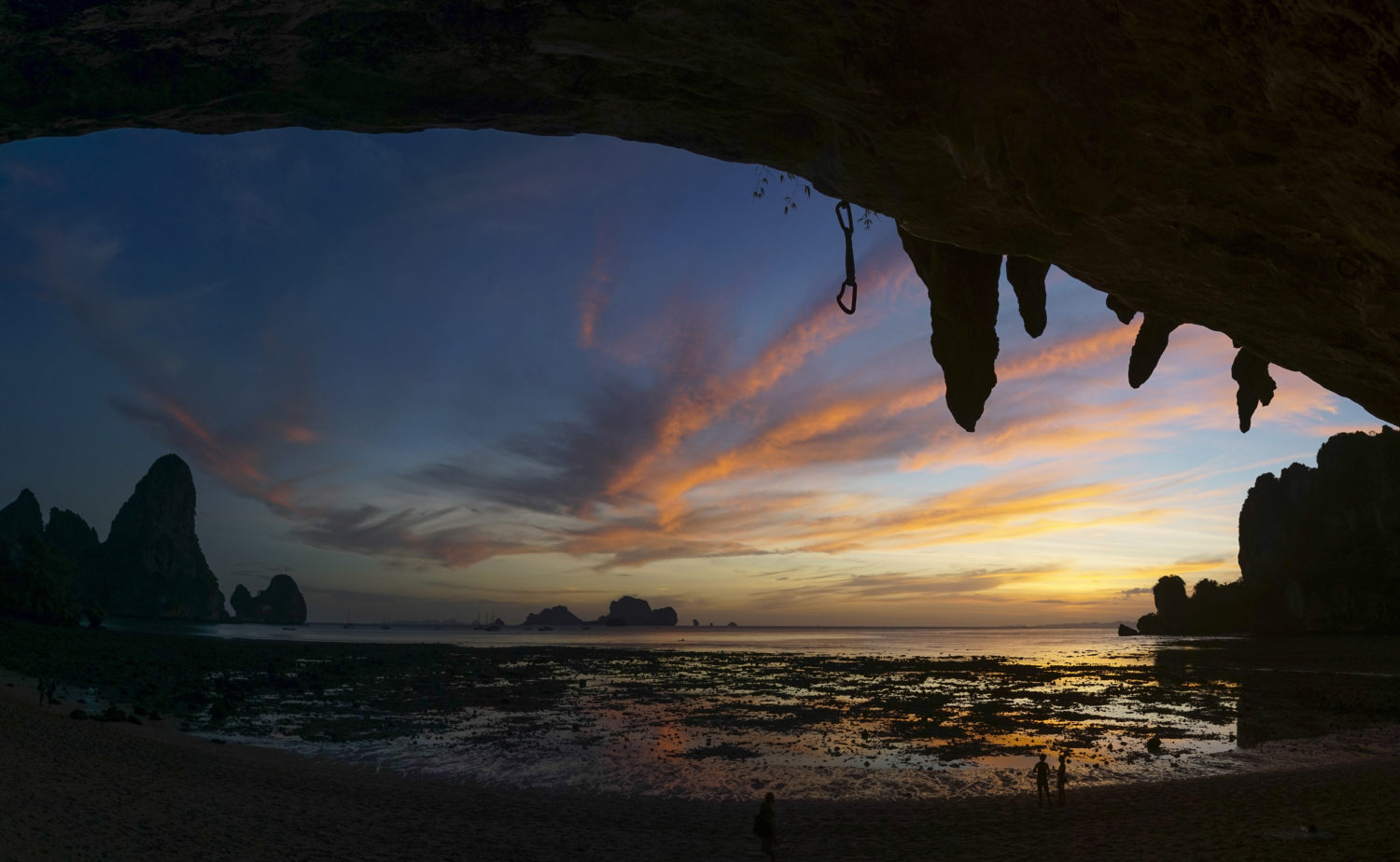Tonsai is a polarizing place among vagabond climbers. Characterizations of this mythical climbing destination range wildly. The poshest among us insist that it is no more than a sloppy cesspool of dirty backpackers, buzzing with dengue carrying mosquitos, hosting an out-of-control cat population, and limestone that is so polished that you might as well bring crampons rather than climbing shoes.
The dirt baggers retort by waxing poetic about a climbing paradise: a secluded beach on crystal clear water overlooking the Andaman sea, completely walled off from civilization by towering orange and grey swaths of limestone weathered by the sea and wind, streaked with tufas and stalactites.
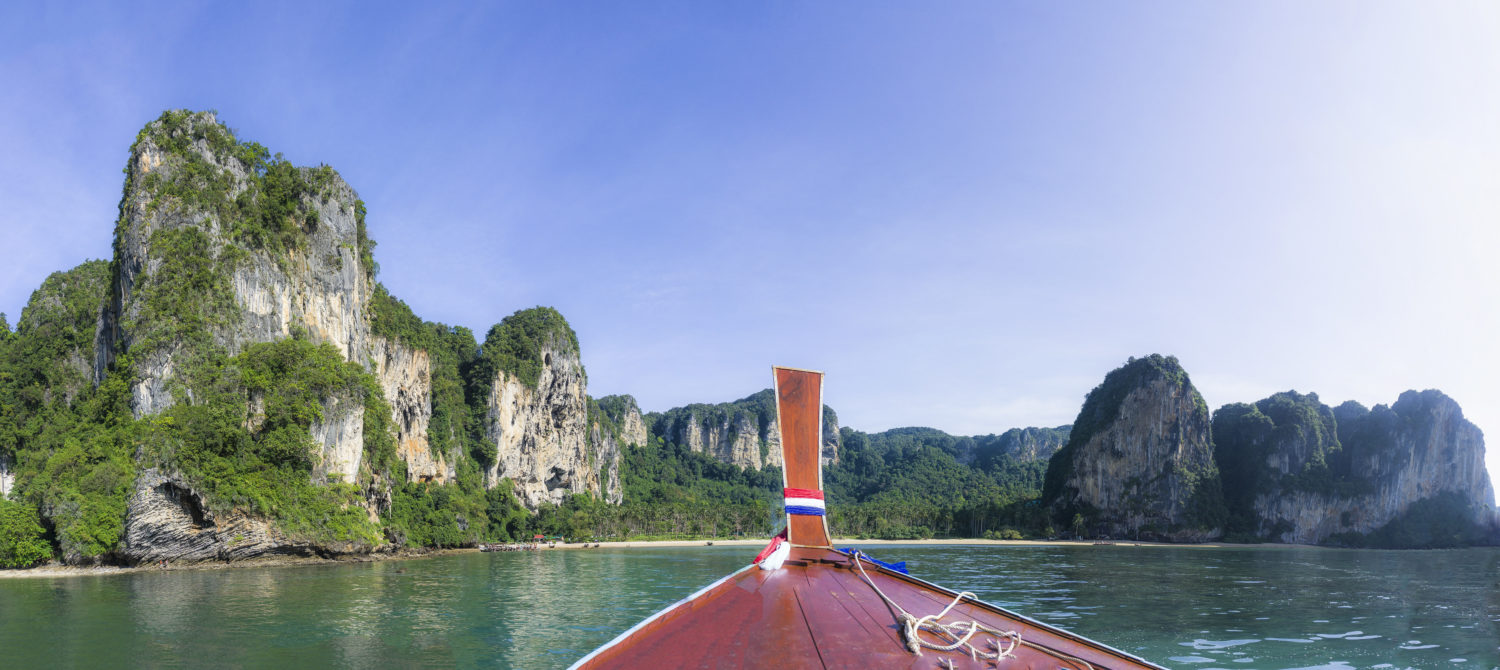
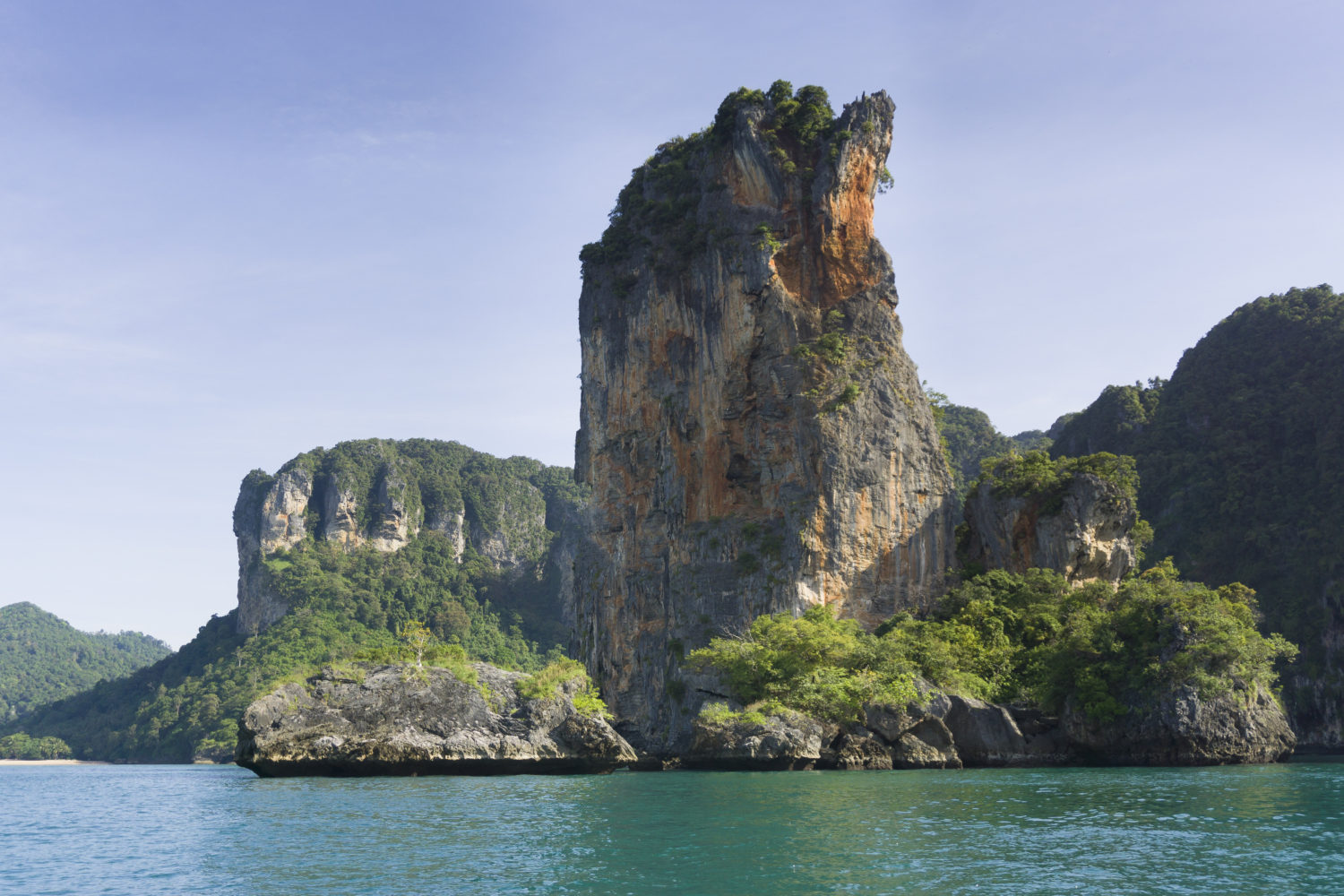
After eight trips to Tonsai over the last couple of years, I often defect back and forth to the most convenient side of this raging debate. For someone like me who’s drawn to athletic climbing on overhanging limestone, Tonsai is intoxicating. On the other hand, I’ve paid my dues, spending too many jungle nights on a humid bungalow floor purging my body of the effects of the ubiquitous Tonsai Tummy. But the bottom line is that Tonsai has been an accessible escape from the polluted, rat-infested, concrete pizza oven that is Yangon.
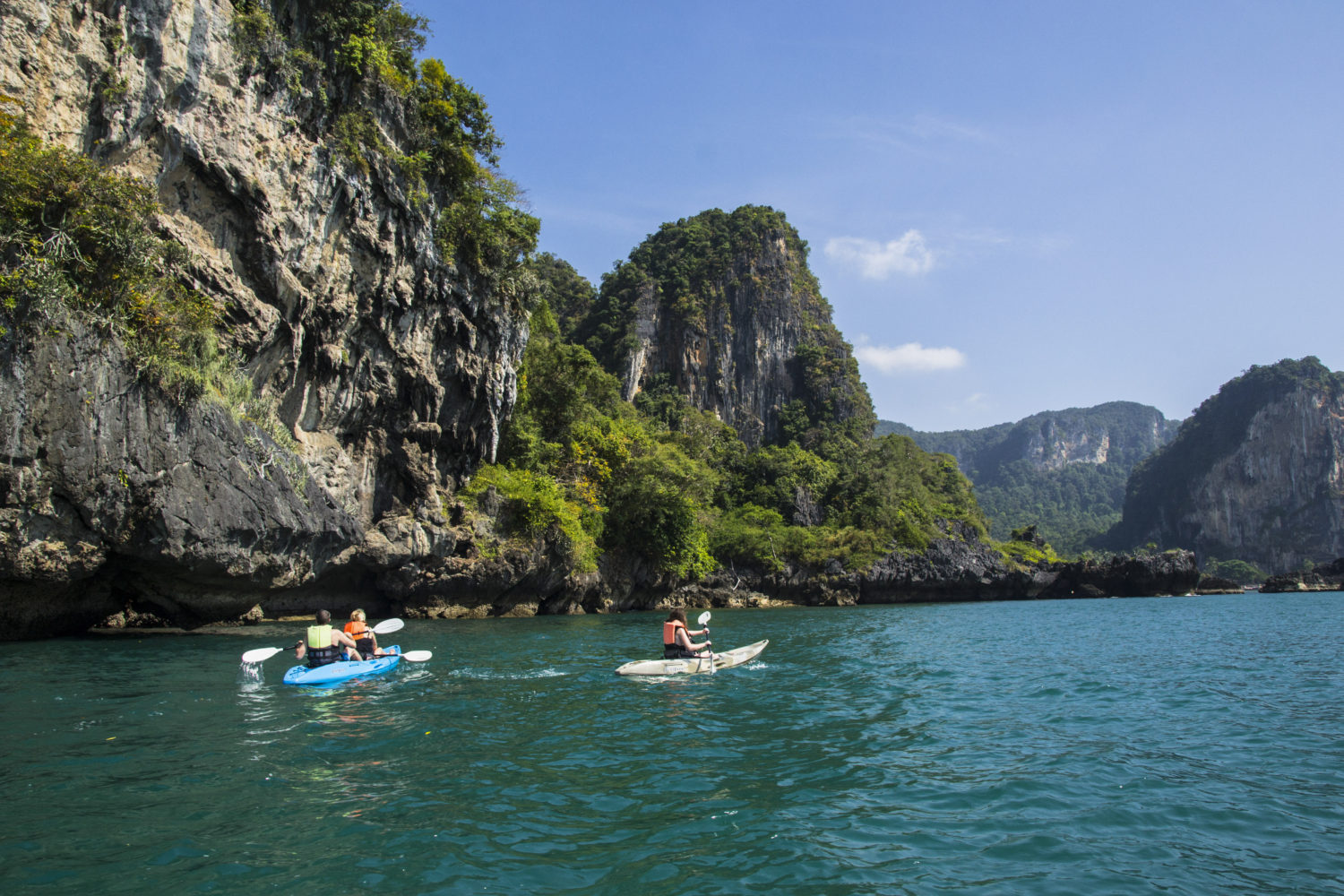
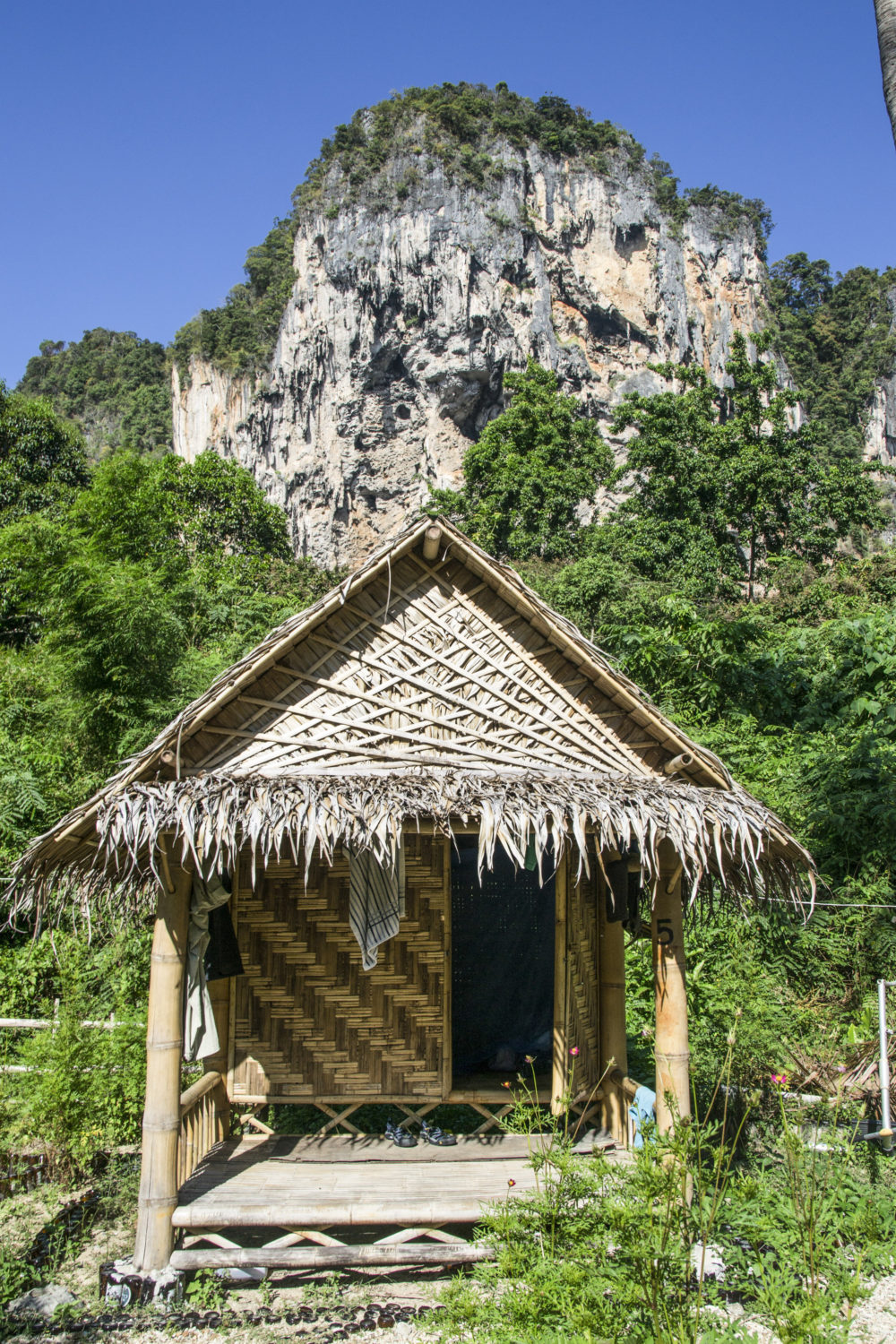
Loaded down with bags full of climbing gear, Katie and I jumped off our longtail boat into the shallow surf on the beach. Our first time ever on Tonsai, we had arrived in the thick of high season activity: a blur of dreads, tats, and sunburns. Worried about being able to find a place to stay with so many people here, we asked a couple of Thai guys where the cheapest bungalows were, “Chee-Ow” was the definitive response. We wandered up and down the beach, “Chee-Ow, Chee-Ow, where is Chee-Ow? Do you see Chee-Ow?” Finally, we rocked up at one of the more rasta-themed places and asked if the barman knew where Chee-Ow was. Slighlty confused, he pointed at the sign saying, “This IS Chee-Ow.” It finally dawned on us: Chee-Ow = Chill Out.
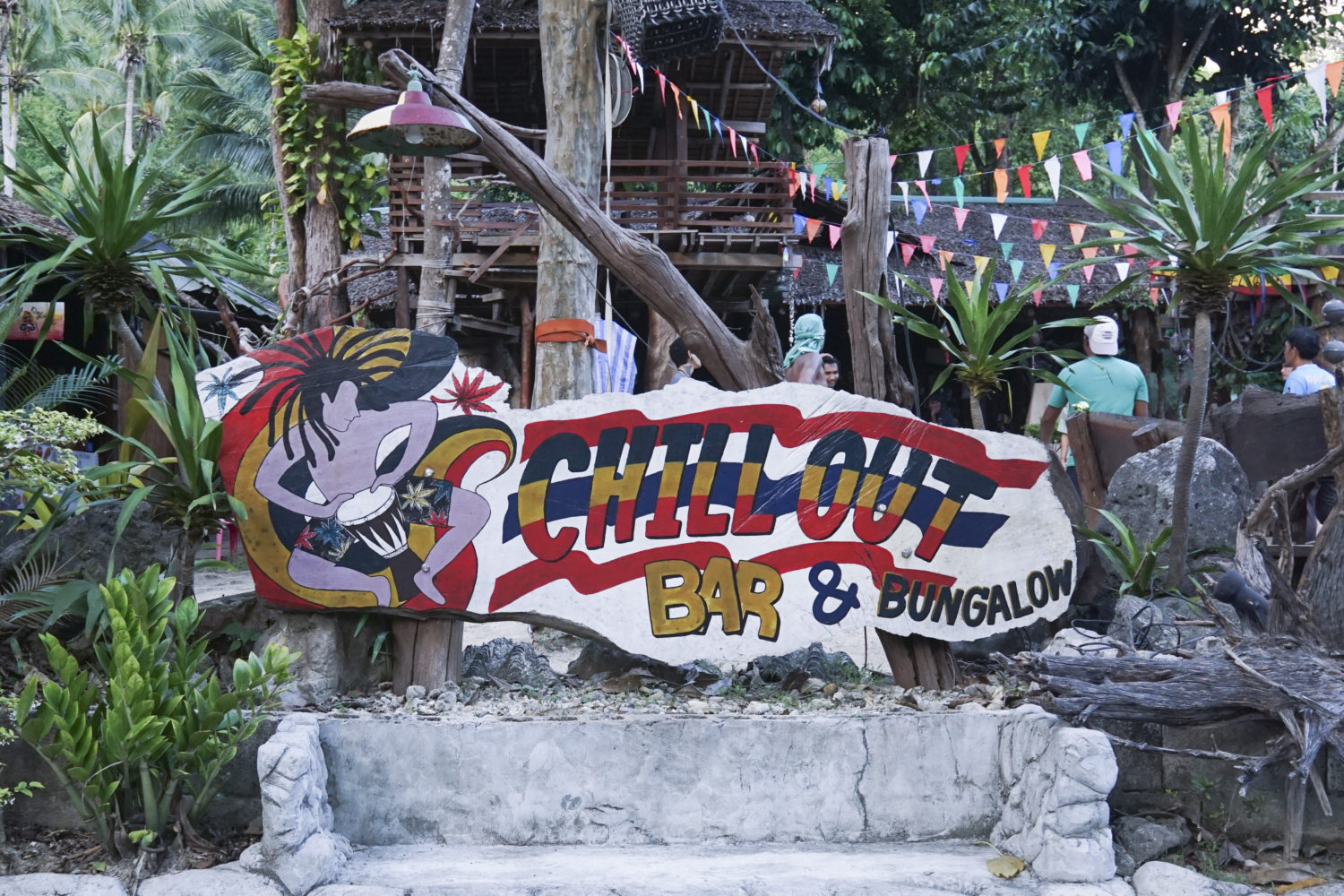
Katie and I were lucky enough to stay right on the beach on that first trip to Tonsai. Lucky, because soon after that trip all the bars and bungalows were forced to move higher up into the jungle and new development was blocked by the infamous concrete wall, leaving only Freedom Bar and Tonsai Bay Resort on the beach.
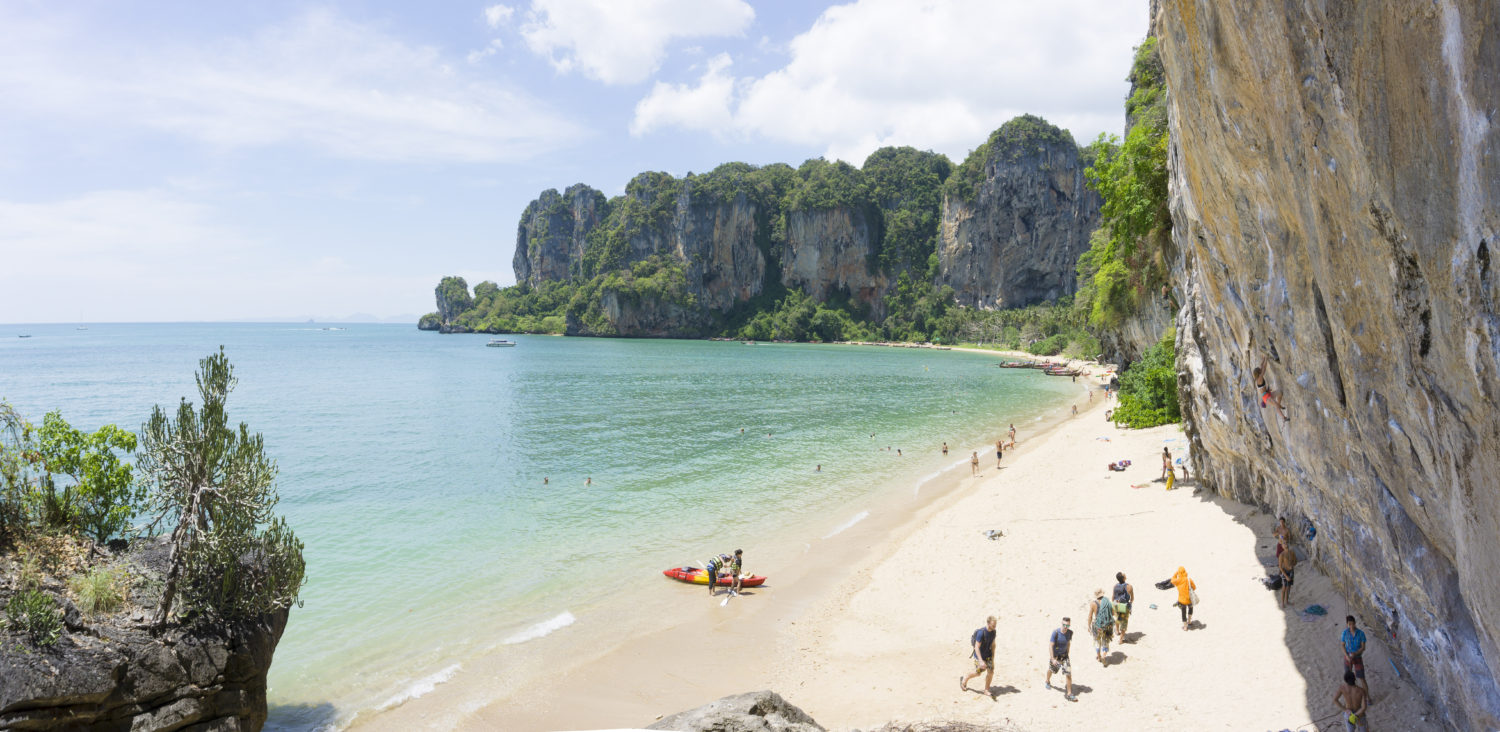
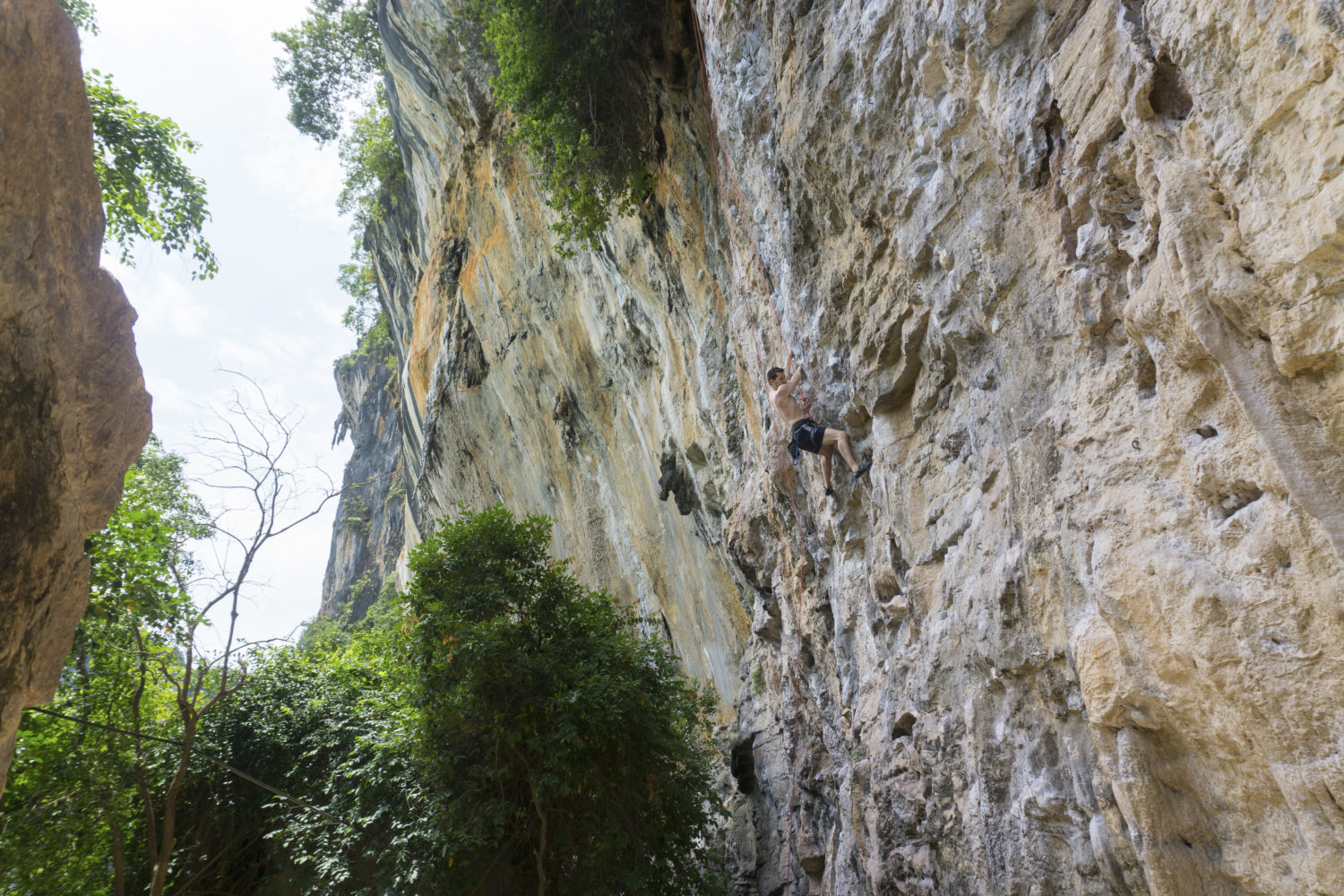
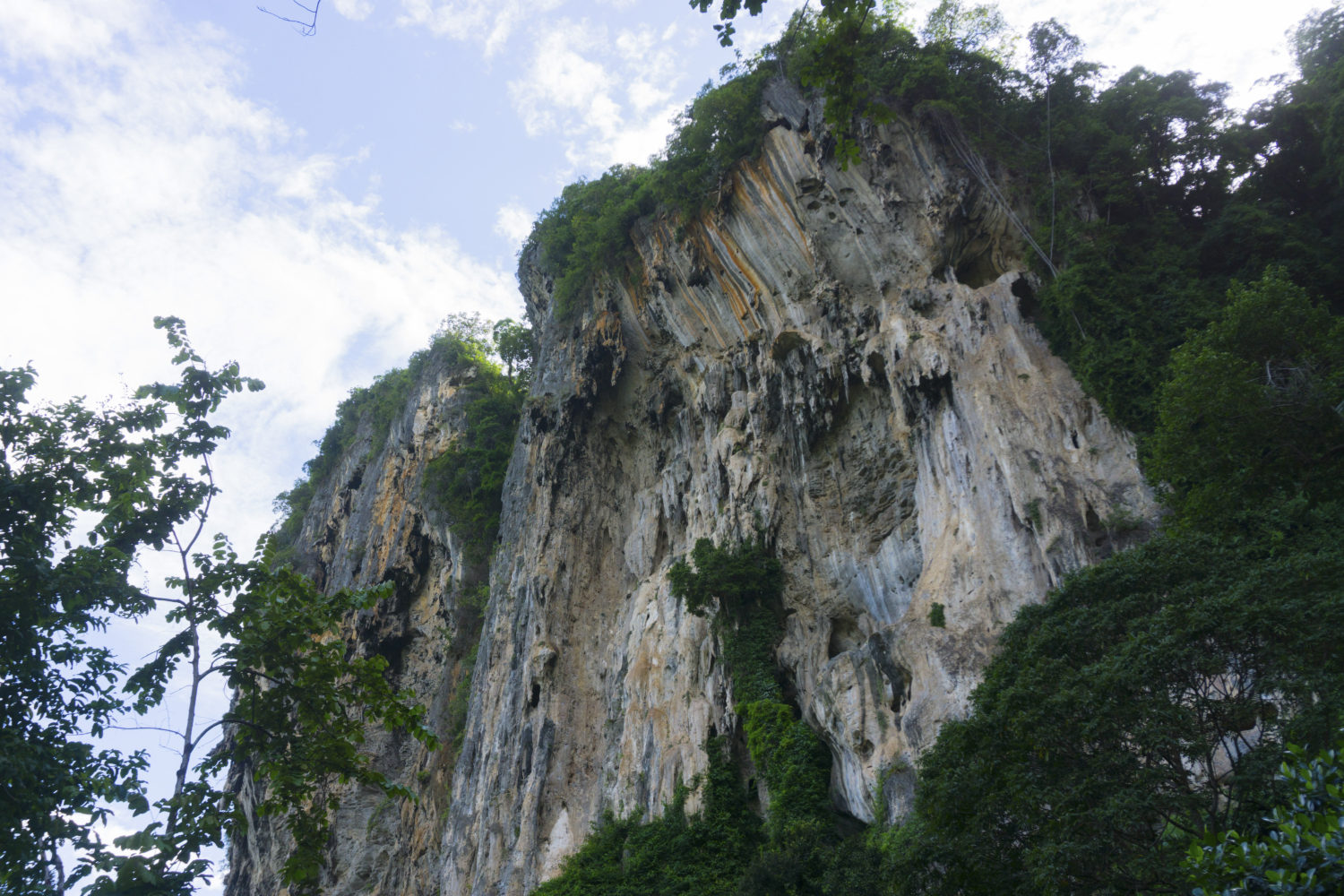
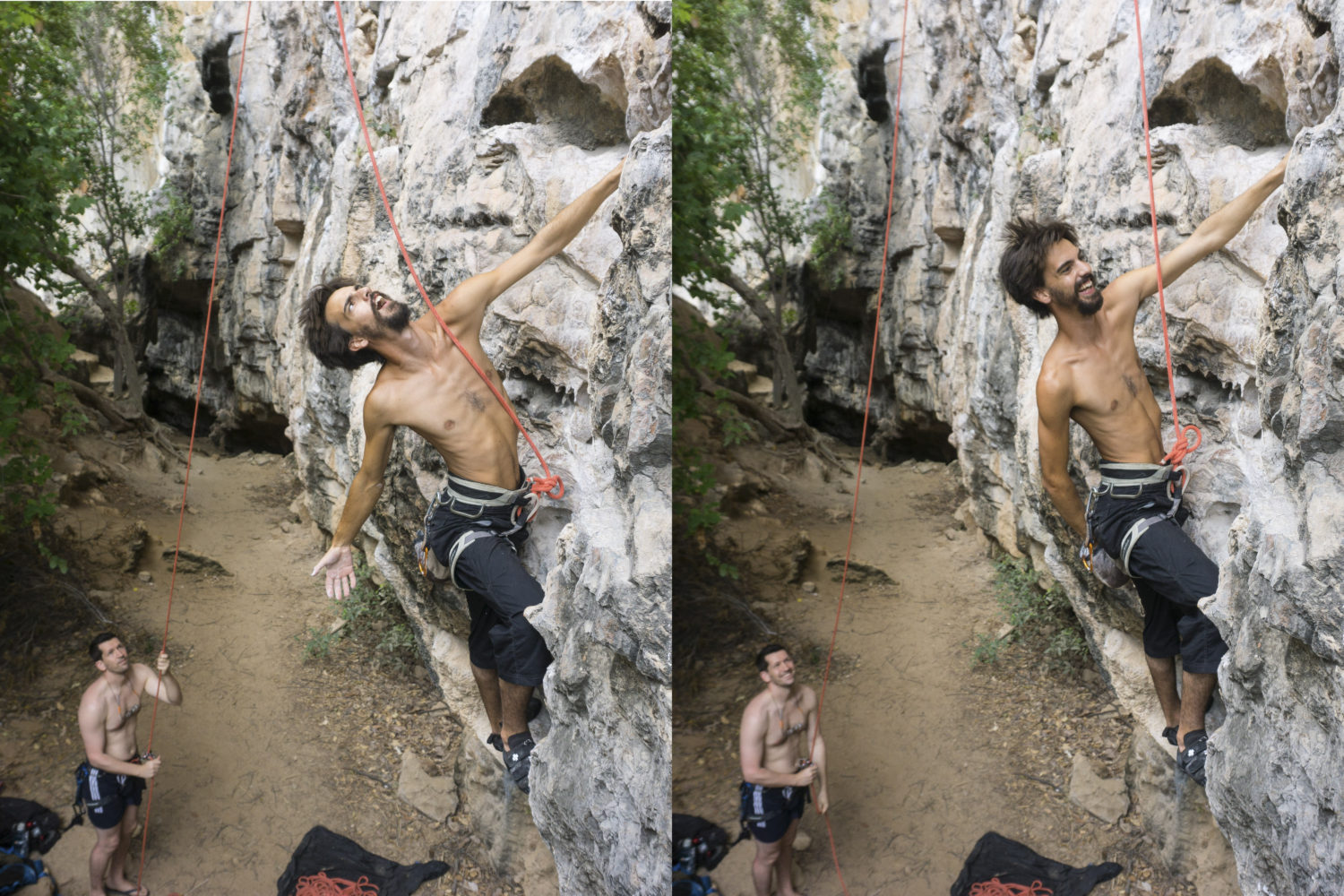
On one of the more recent trips to Tonsai in 2018, I stretched a visa run into a week-long climbing trip. A friend from Yangon was planning to join me for a few days, but I was still worried about being able to find climbing partners for the remainder of the trip. I landed on the beach with all of my gear and settled in on the sand next to Freedom bar, ready to catch the sunset before eventually making my way up to find a bungalow. I was only hanging out for a couple of minutes when I saw a familiar face approaching. The guy was looking at me with a completely neutral expression and walking right toward me. My brain struggled to comprehend how someone looking just like David could be on Tonsai, because it couldn’t possibly be David. David was literally halfway around the world working on cell towers. Finally as the face got closer, it cracked a smile, no doubt about it, David! Taking a week off and coming all the way from the States to surprise me on Tonsai.
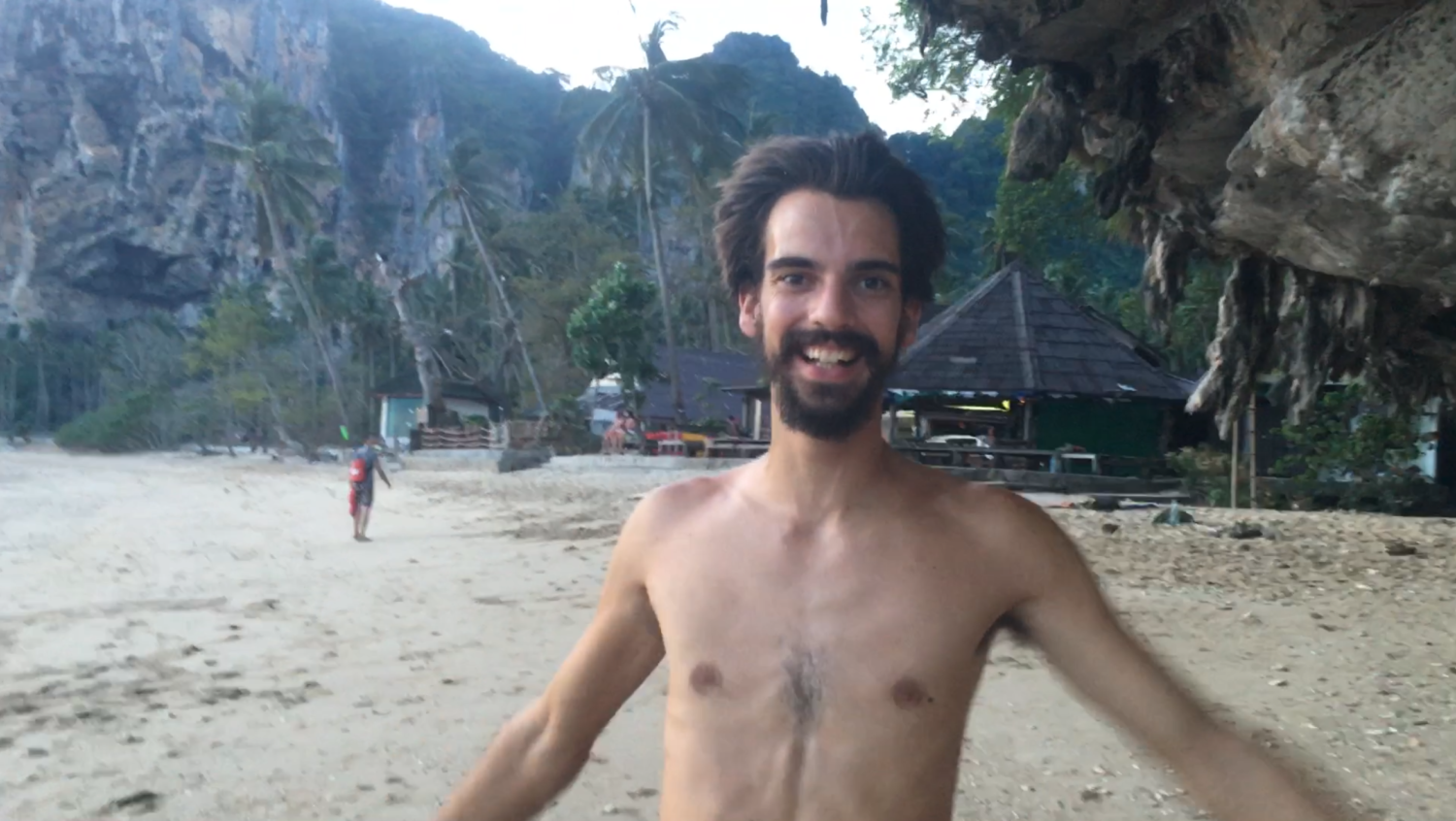
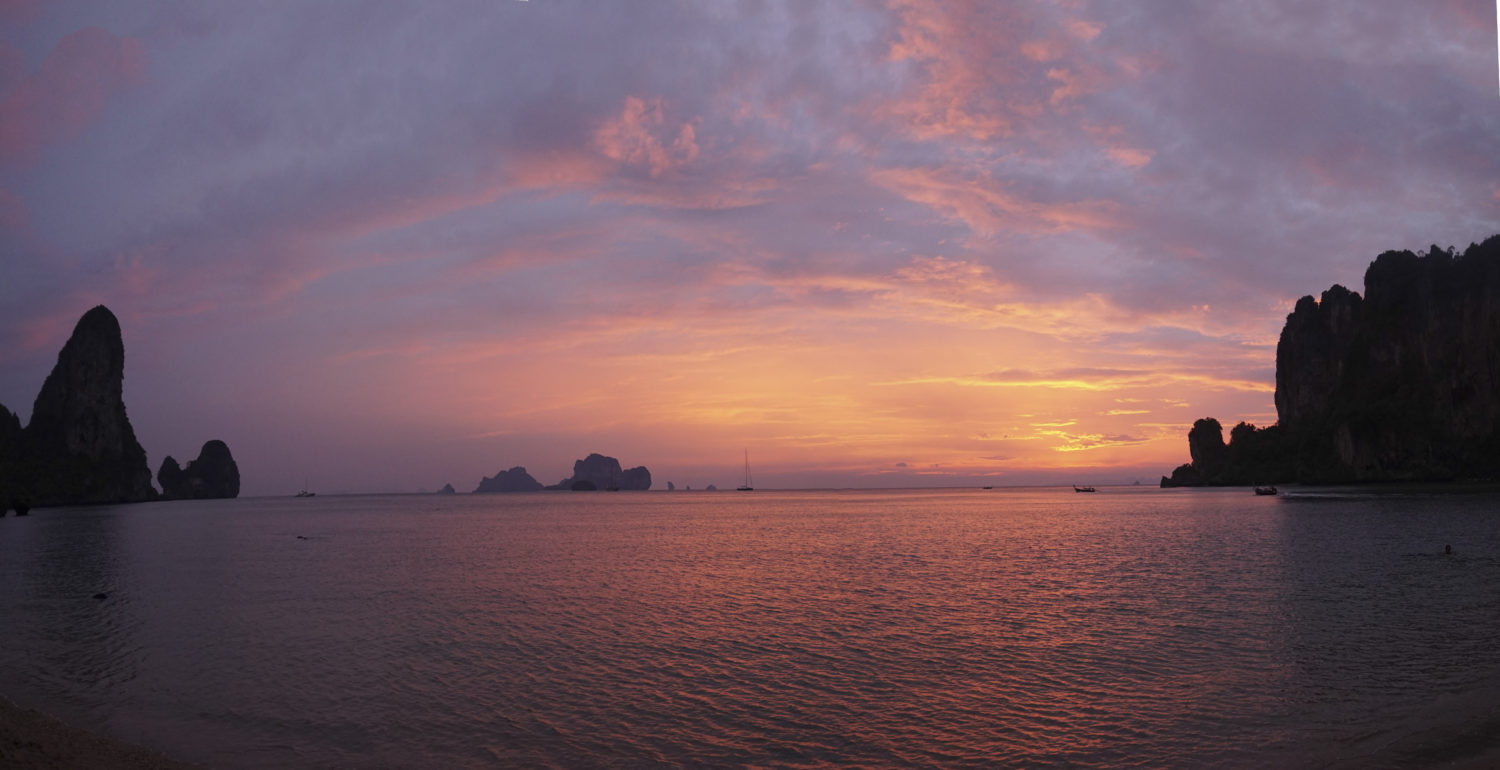
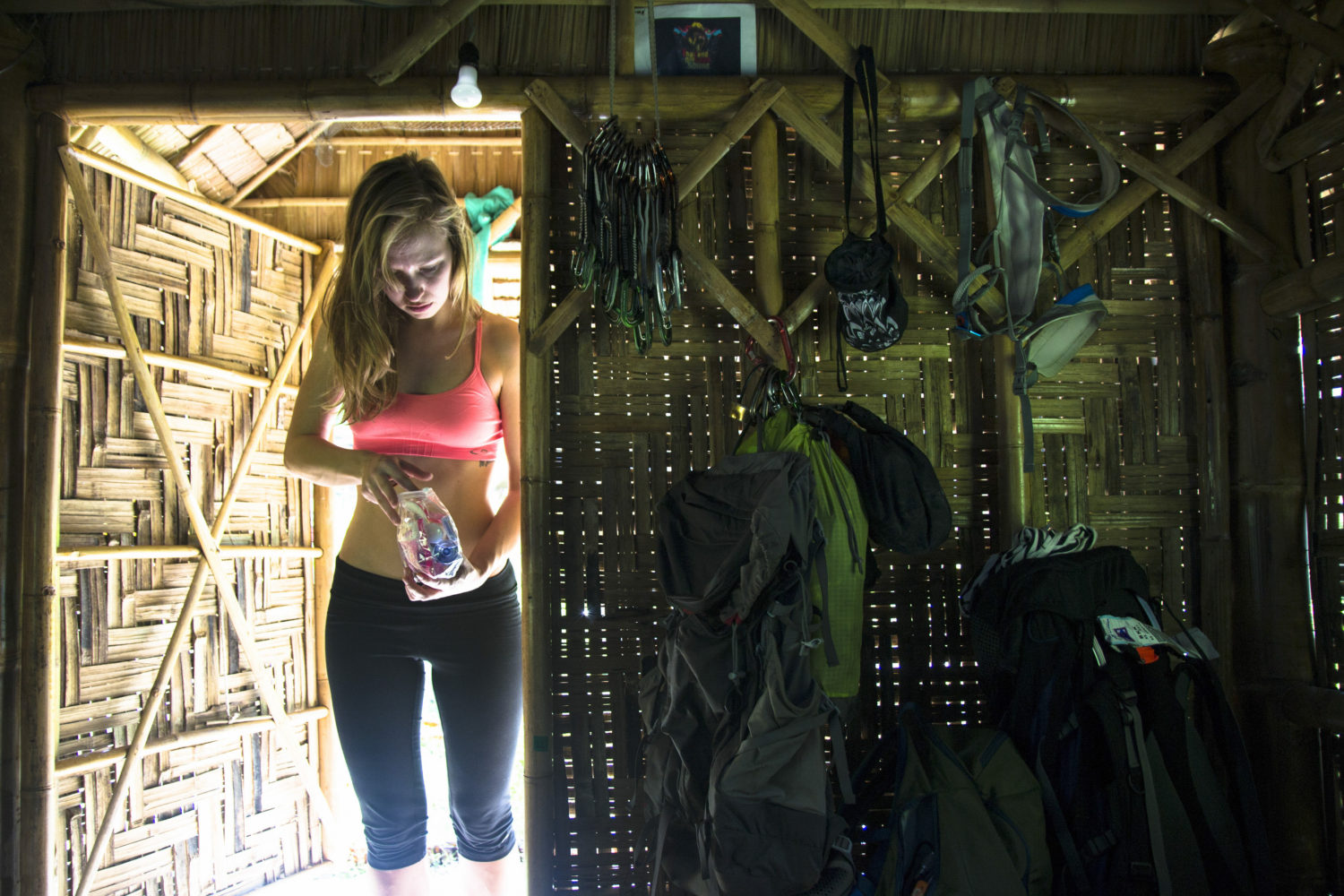
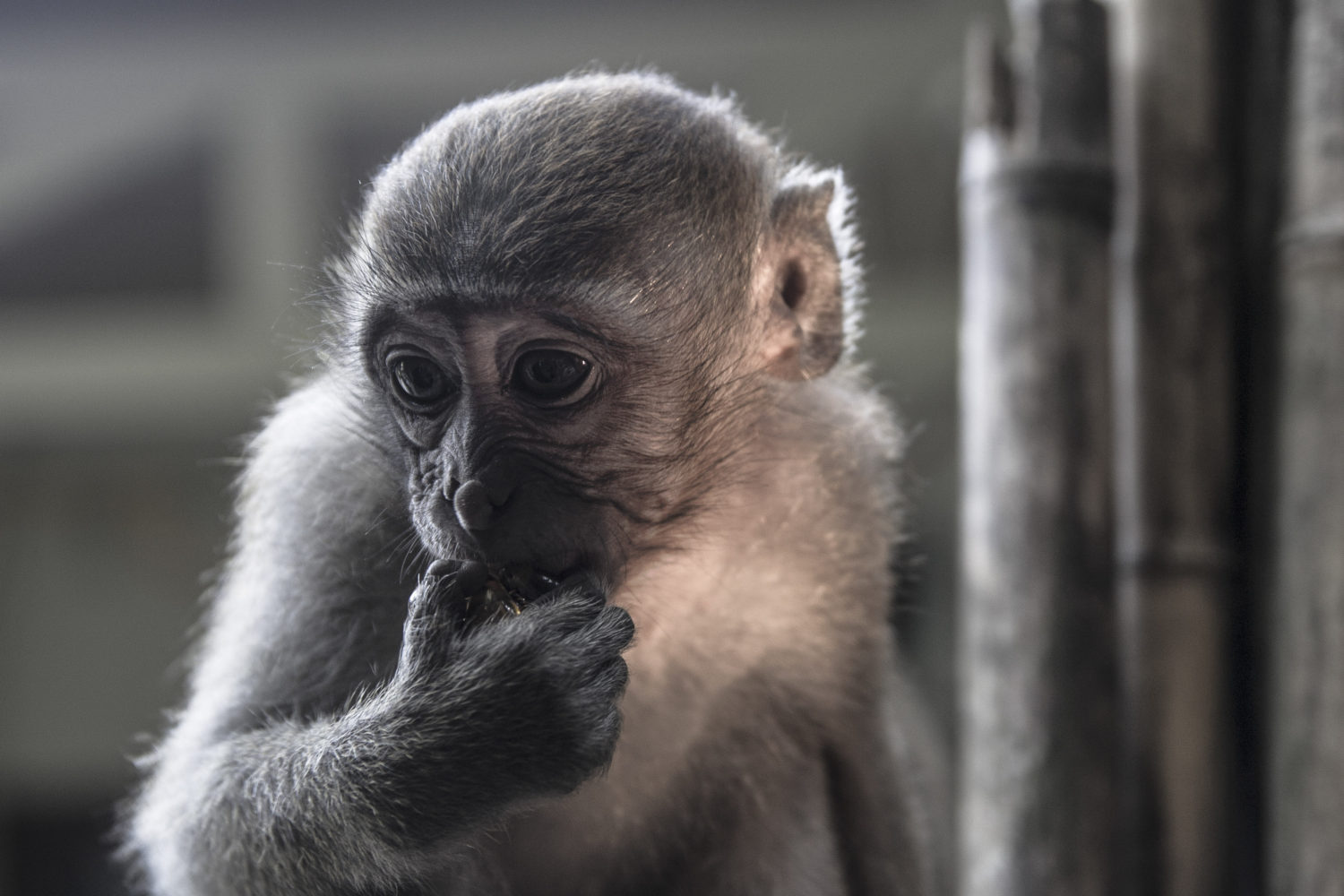
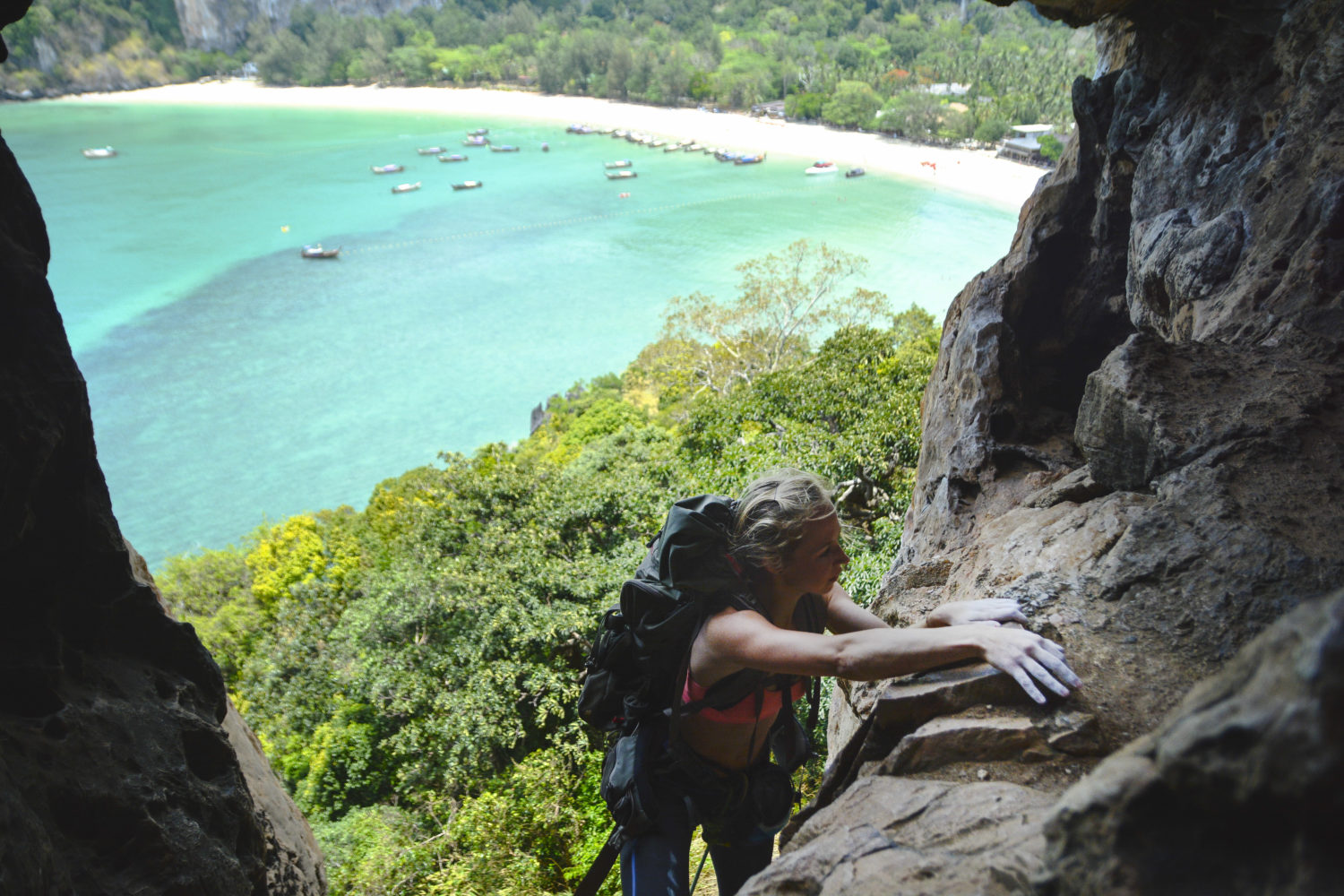
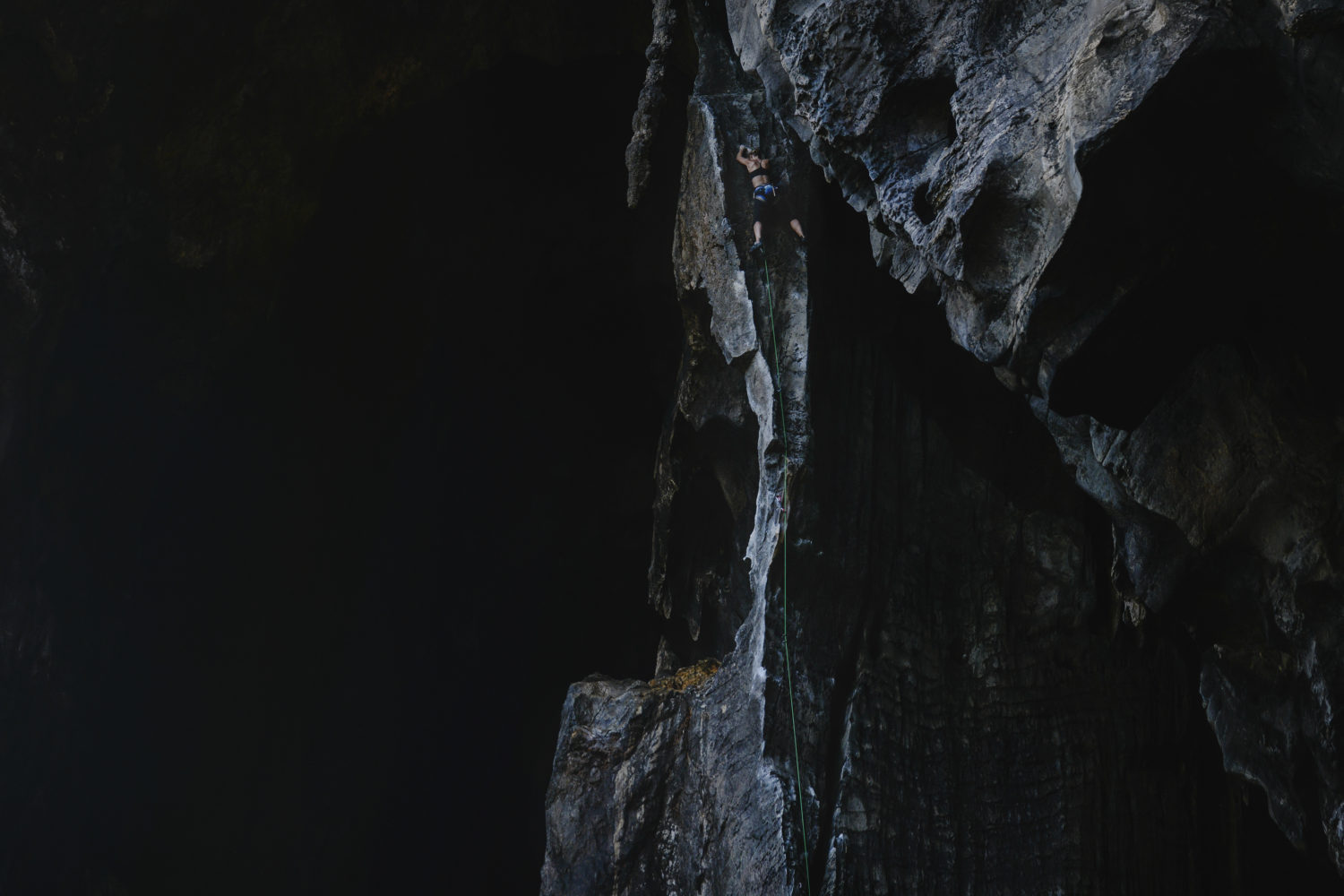
“Best Route in Minnesota” was the first route that I ever tried in the Tonsai Bay area. A 30 meter knife blade protruding from the cave that hovers high over Phra Nang Beach. It’s a stunning line that seemed doable at the time, with the grade of 5.11a/6c. Unfortunately, the six months preceding that trip to Tonsai were spent working in Bangladesh, a climbing black hole. When things were too overwhelming with work in Bangladesh, I would spend time scoping out routes online. However, these mental vacations supplemented by typical gym workouts did nothing to slow the degradation of my finger strength and head game.
It didn’t help that the week before we arrived, I read an article about climbers dying on Tonsai due to bolts breaking on climbs around the peninsula. Bolt failure was becoming shockingly routine and was occurring under relatively light strain. The article recommended climbing only on routes that had been equipped with the stronger titanium bolts. Unfortunately ‘Best Route’ was equipped with steel bolts, but despite being nervous, I decided to try it anyway.
I consider it a victory that I managed to convince myself to shakily climb all the way to the top twice. I was so scared of breaking all the bolts that I put a sling around a natural horn feature. Although I was probably physically capable of sending, I wasn’t able to rally my head game enough to put the route together in a single go.
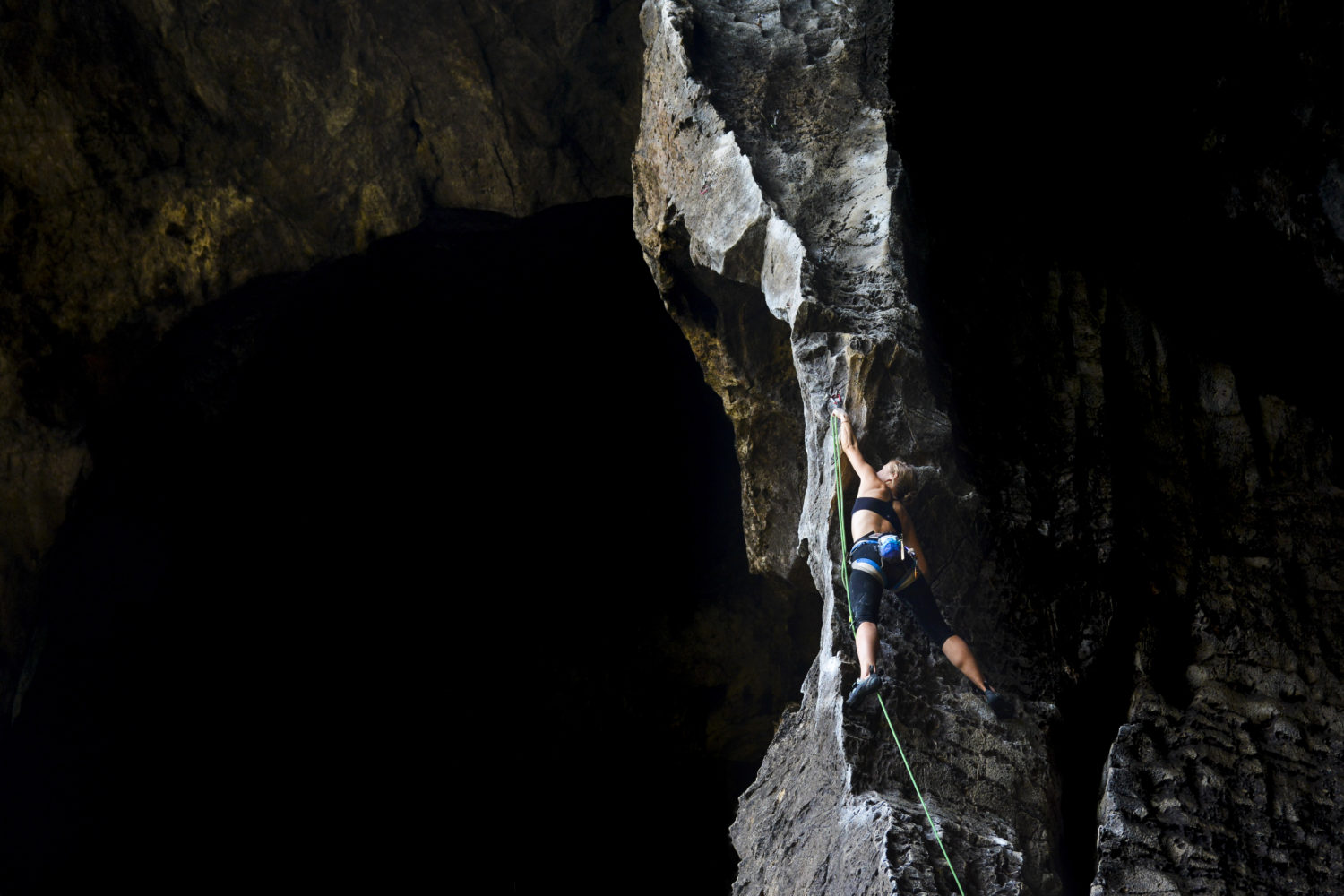
Two years later, on my next trip back with Katie and Beans, we went straight to Best Route. Feeling residual nervousness from the last time I was there, I still managed to send the route, hanging the draws, and Beans flashed the route immediately after. One of the best ever.
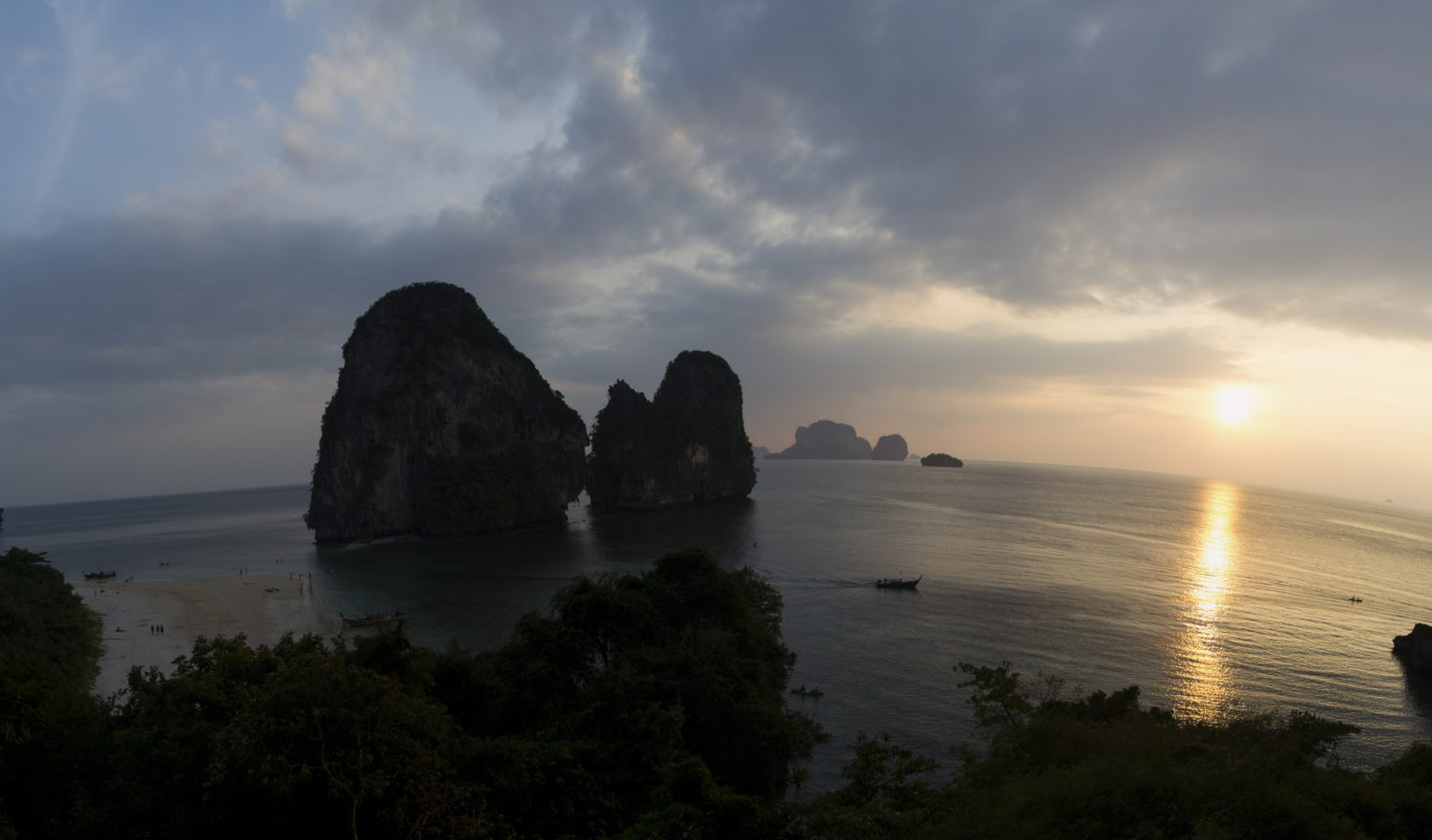
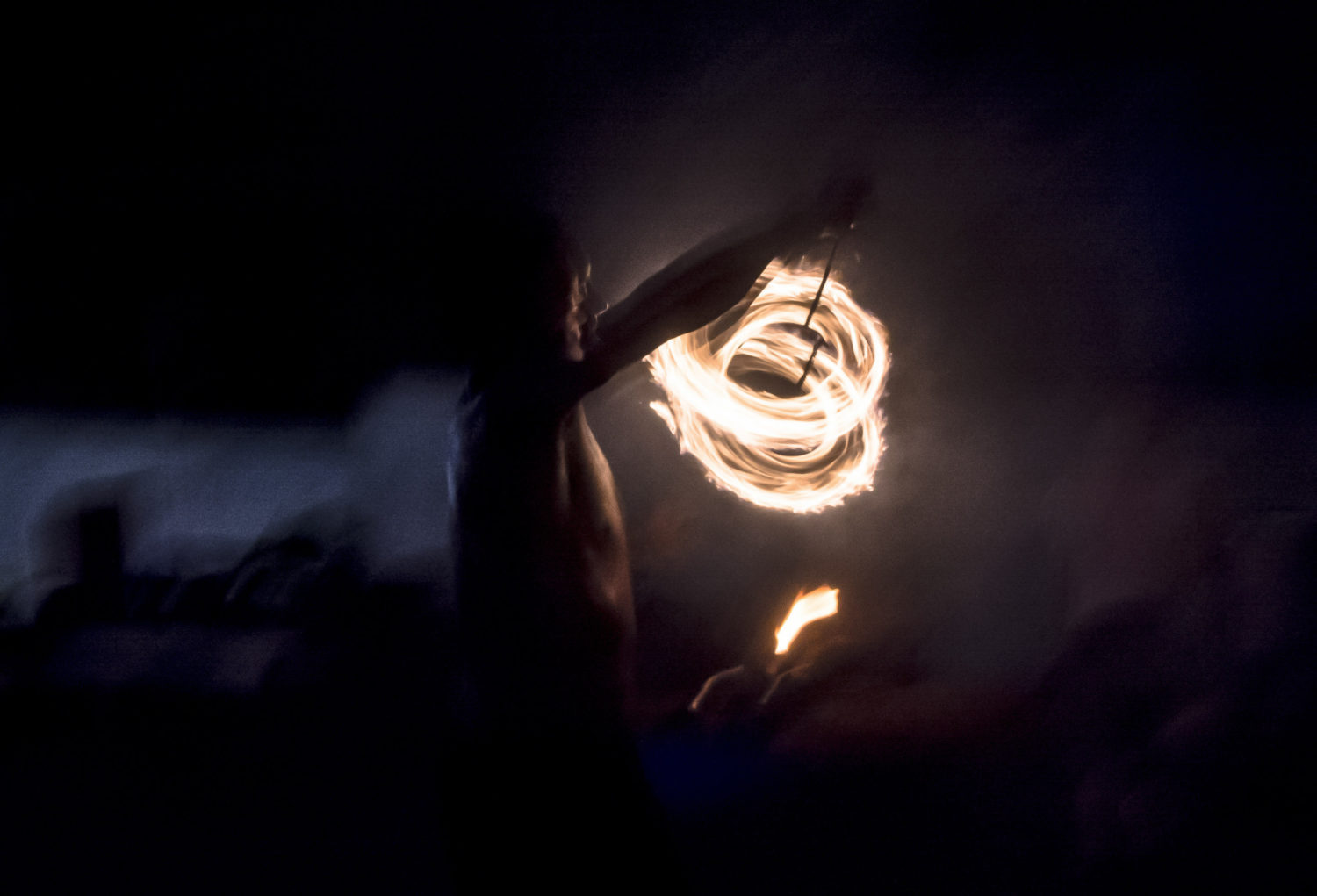
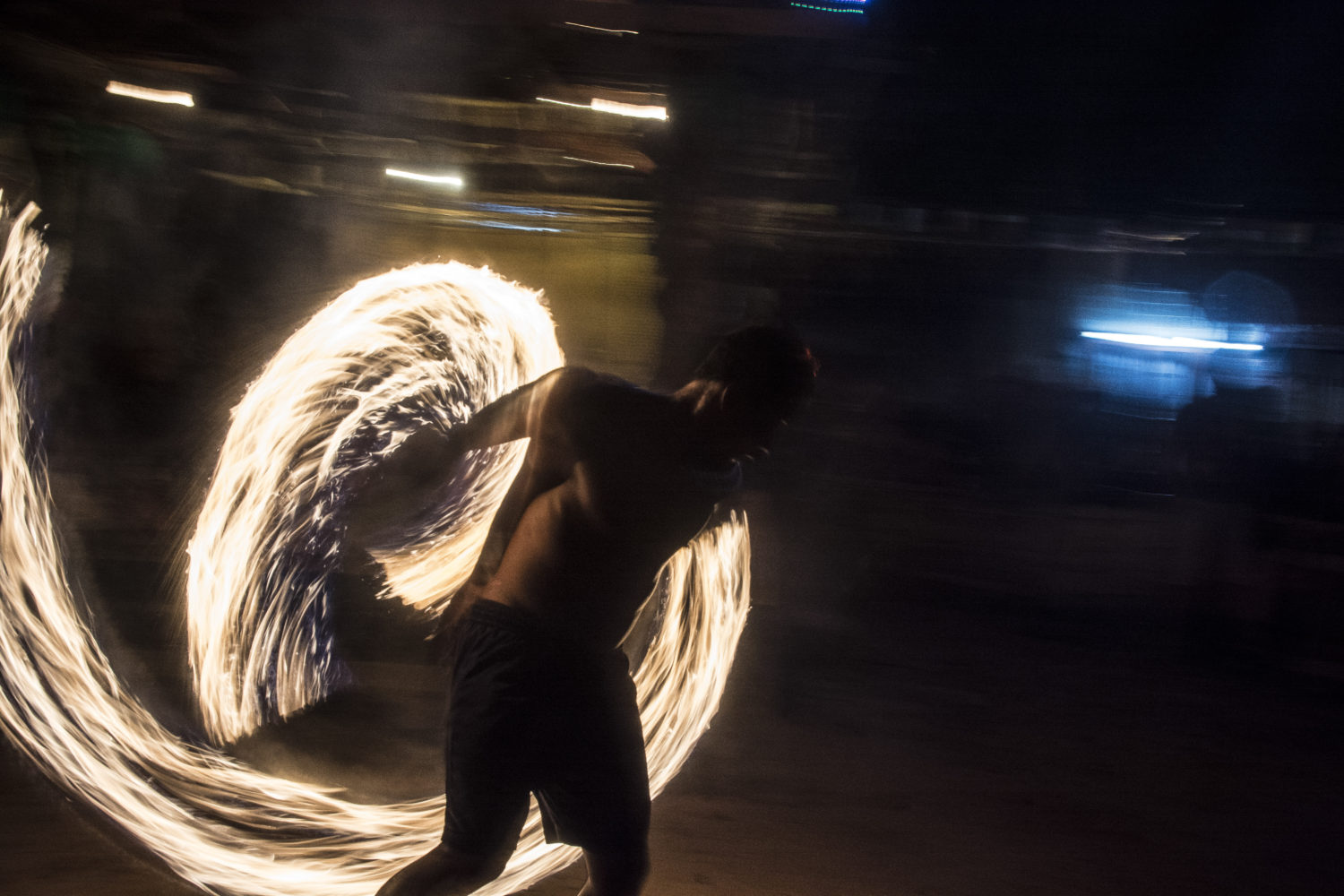
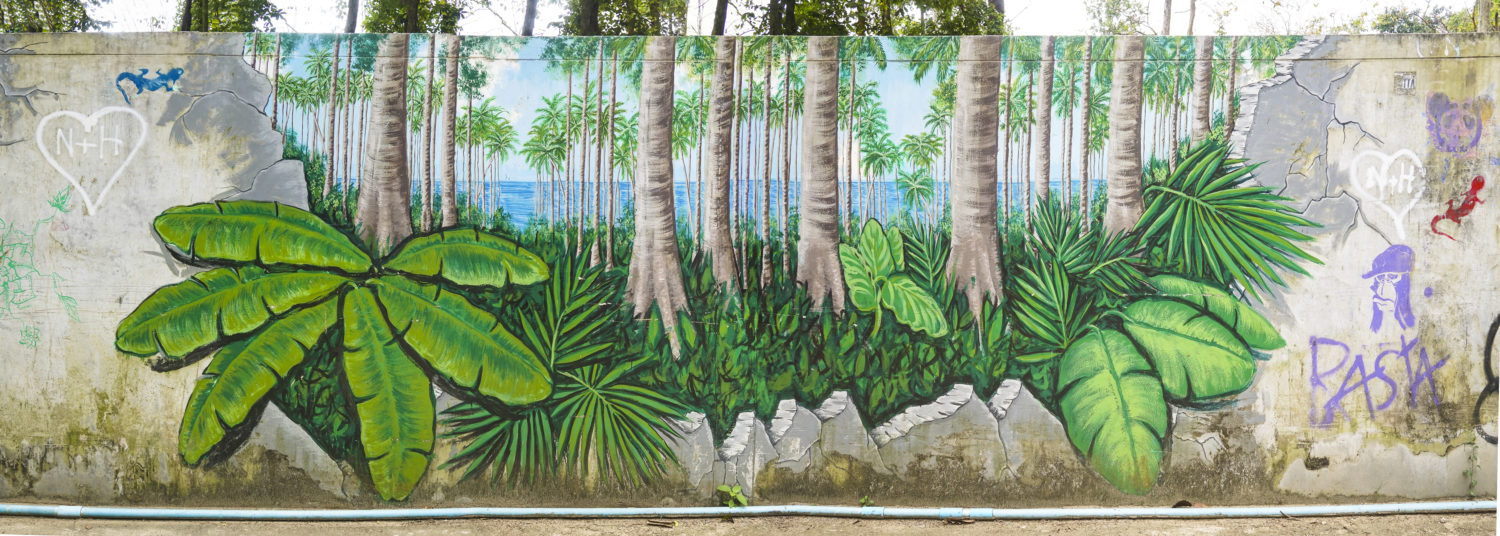
On our second trip to Tonsai, we arrived just after the beach land owners had pushed all the bars and bungalows off the beach and back into the jungle. When we arrived, they had just put the finishing touches on a fresh concrete wall, constructed to keep all of the climbing riff raff off of their property. Graffiti started to show up over the next few days and by the next trip, the wall was completely covered in graffiti art. My favorite is the mural of a stoned chicken painting a mural Tonsai (so metaaa).

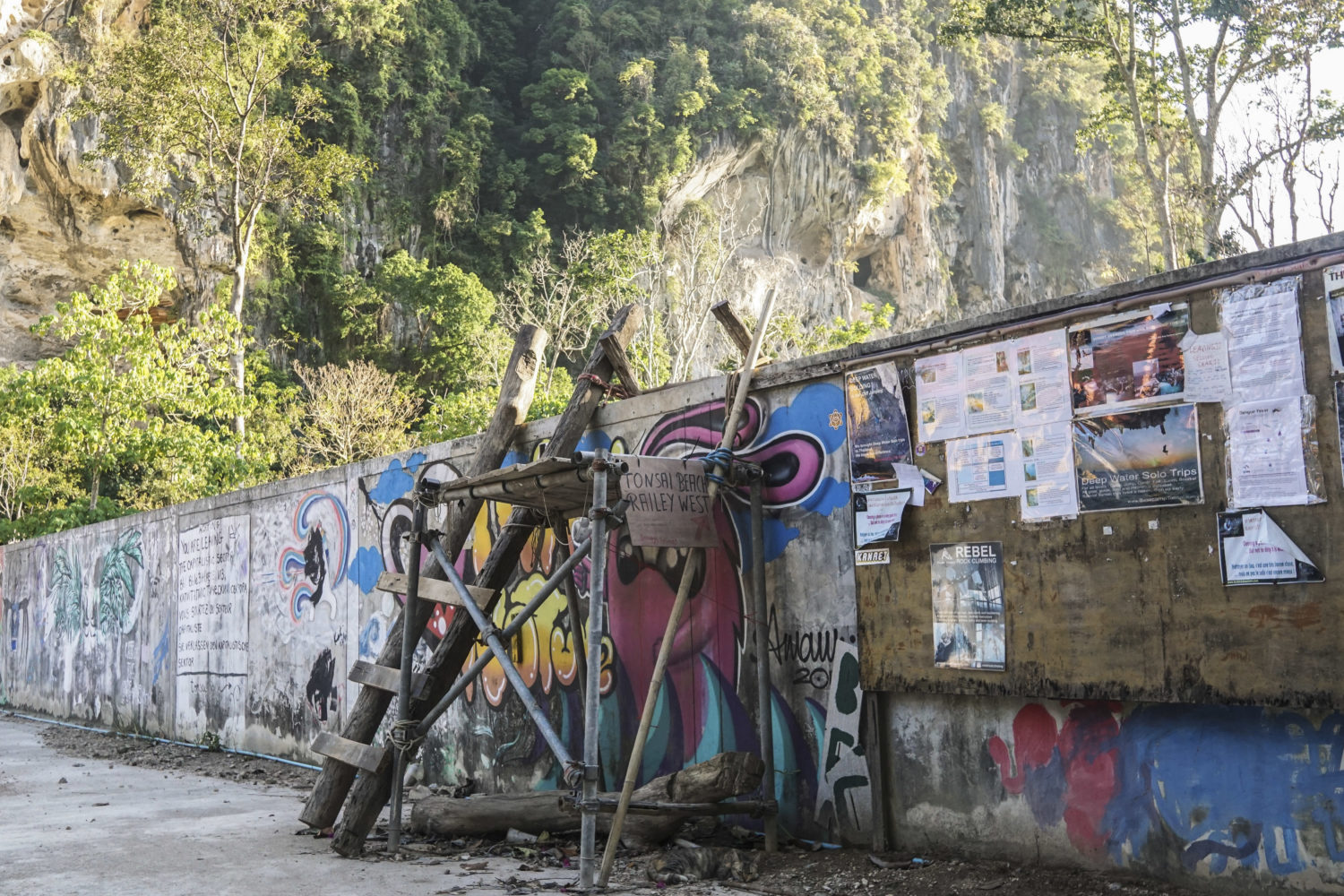
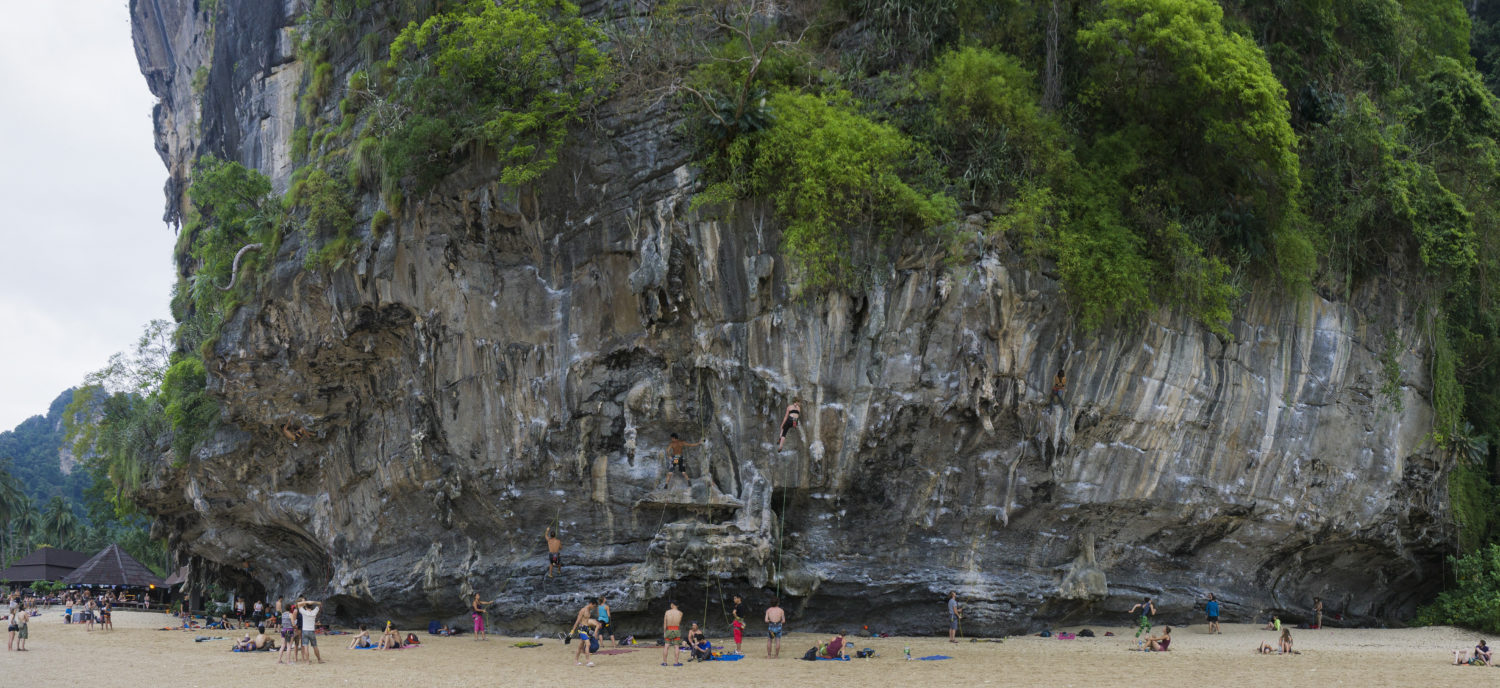
Tonsai’s main wall runs from Freedom Bar (in the left in the photo above) through the overhang (above) and down the beach a couple of hundred meters all the way down to the end of Tyrolean Wall. In my controversial opinion, it is the best continuous wall of climbing in the world. It’s packed with hard, overhanging climbs that tend to be powerful and dynamic. The average routes on this wall are exceptionally good, and the classics are the best I’ve climbed anywhere.
Although, the climbing is phenomenal, the climate is less than ideal. It’s sweaty even in the coolest seasons, and it’s a necessity to chase shade year round. To add to the climate discomforts, the whole scene during high season it is an absolute circus, with ropes, draws, climbers, and drones everywhere.
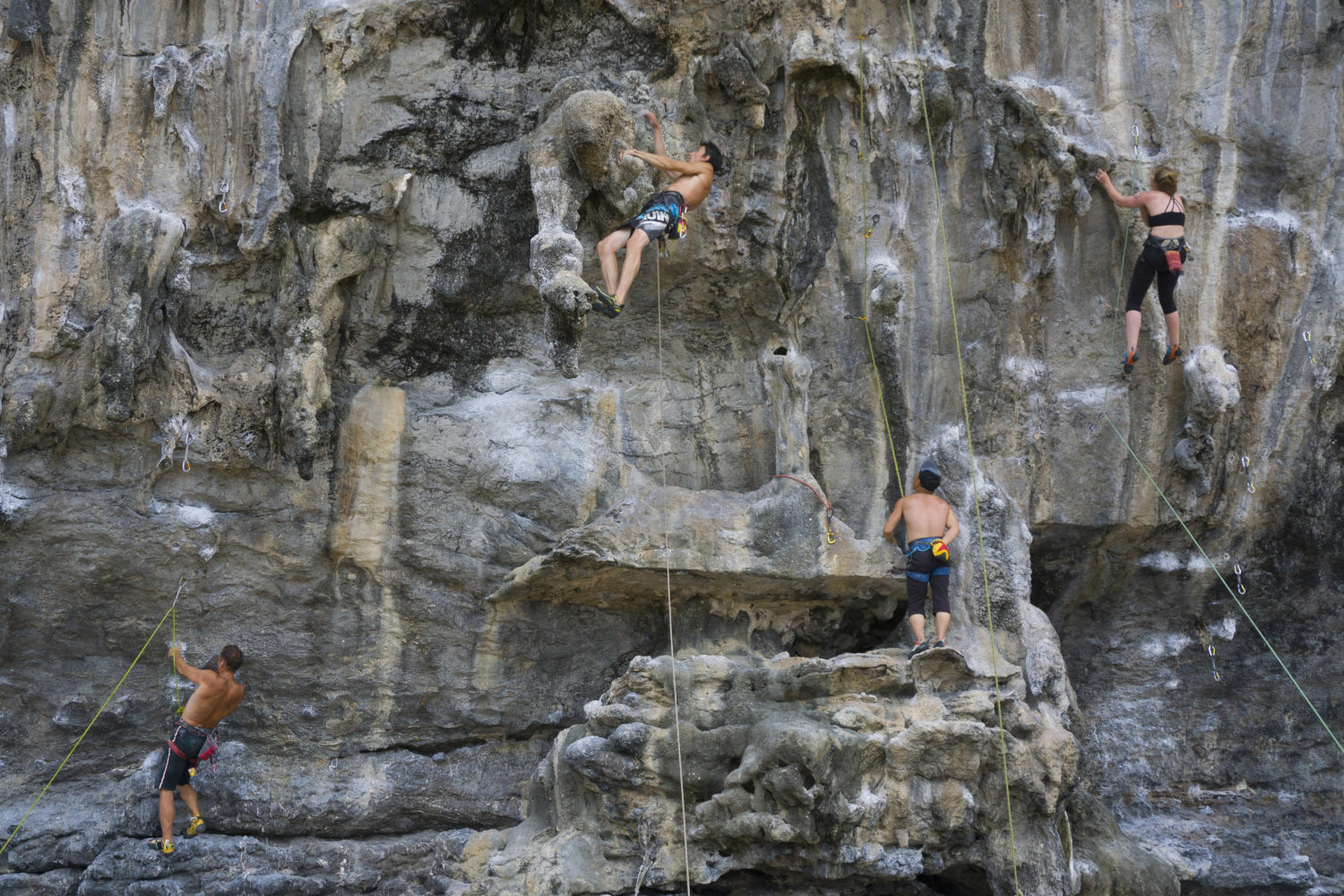
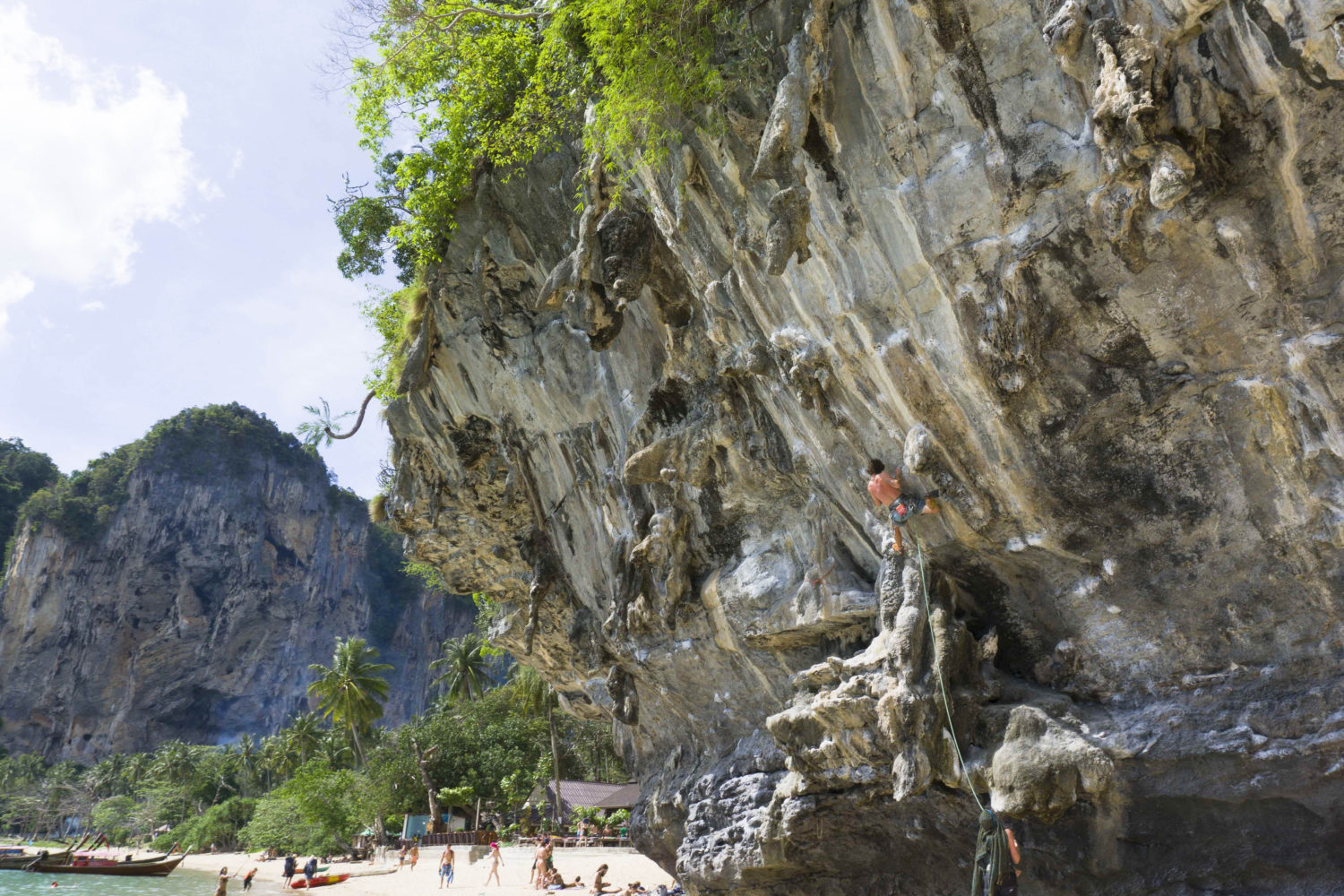
The beach routes are intimidating. I dabbled around on the beach on my first few trips but found that after a single burn, I was smothered in sweat, pumped out of my mind, and facing a two hour recovery time. These factors led me to seek out less physically demanding challenges on the neighboring walls. After I finally developed the baseline ability to thrive on the beach, I pretty much stopped climbing anywhere else. It’s just really good.
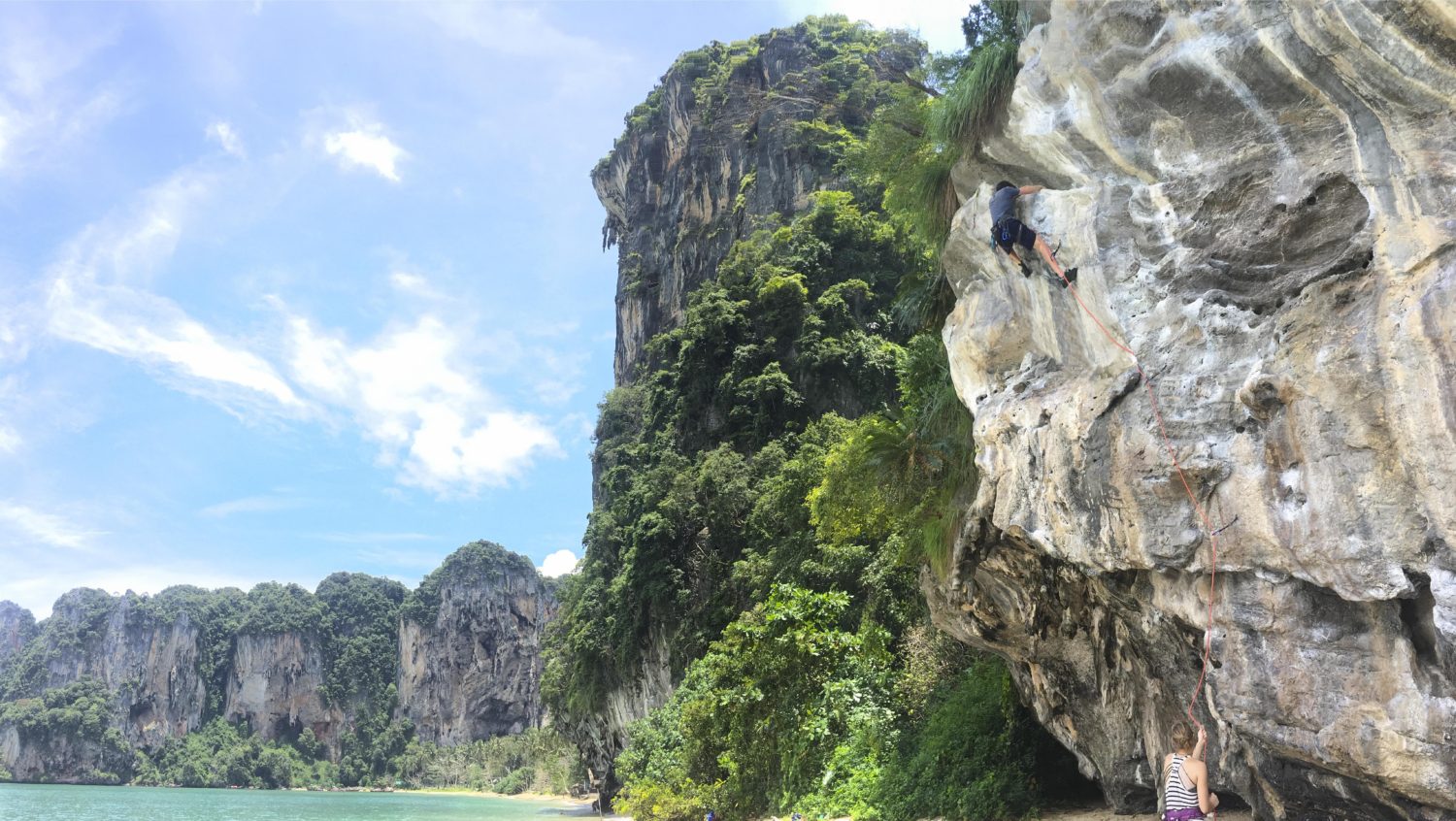
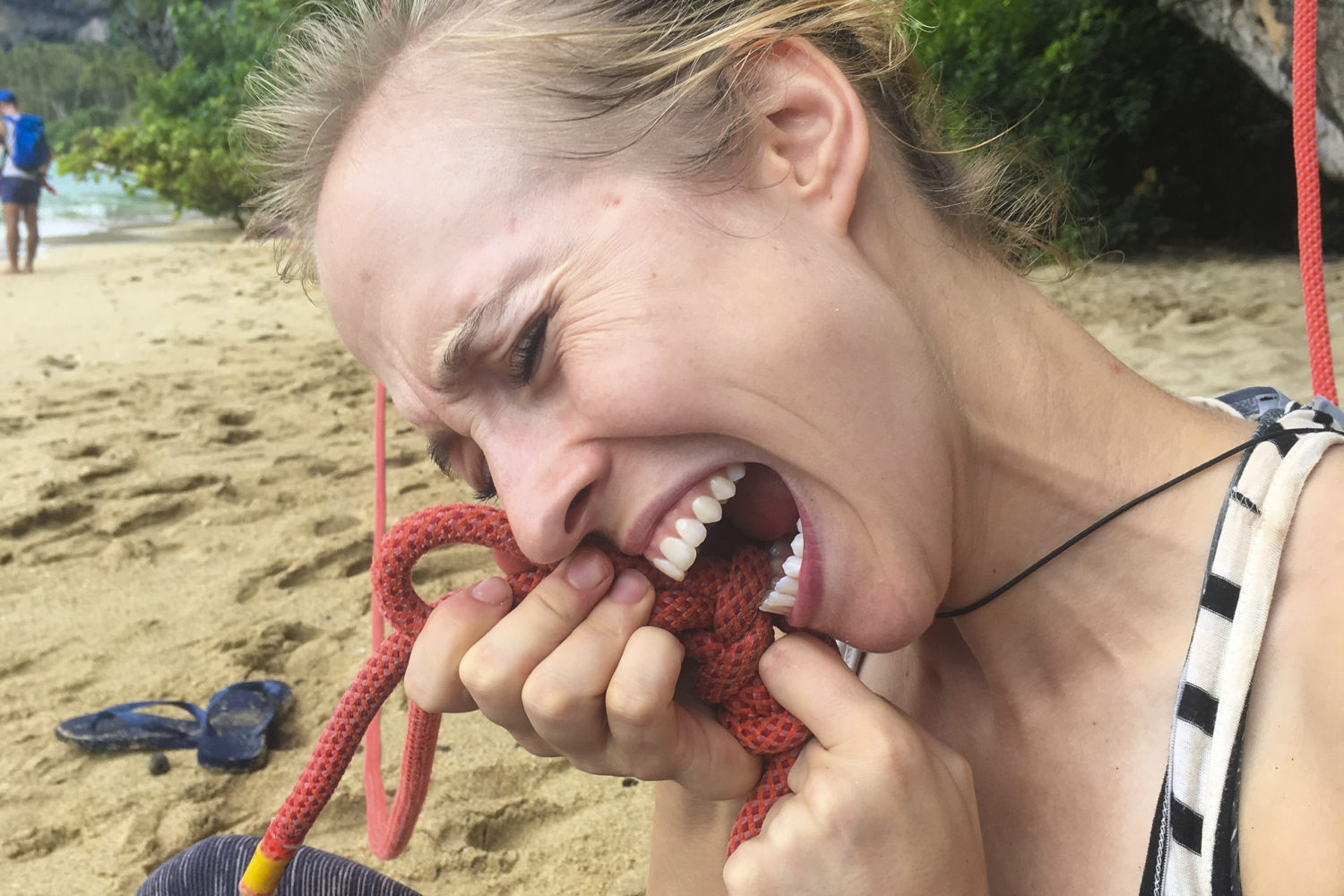
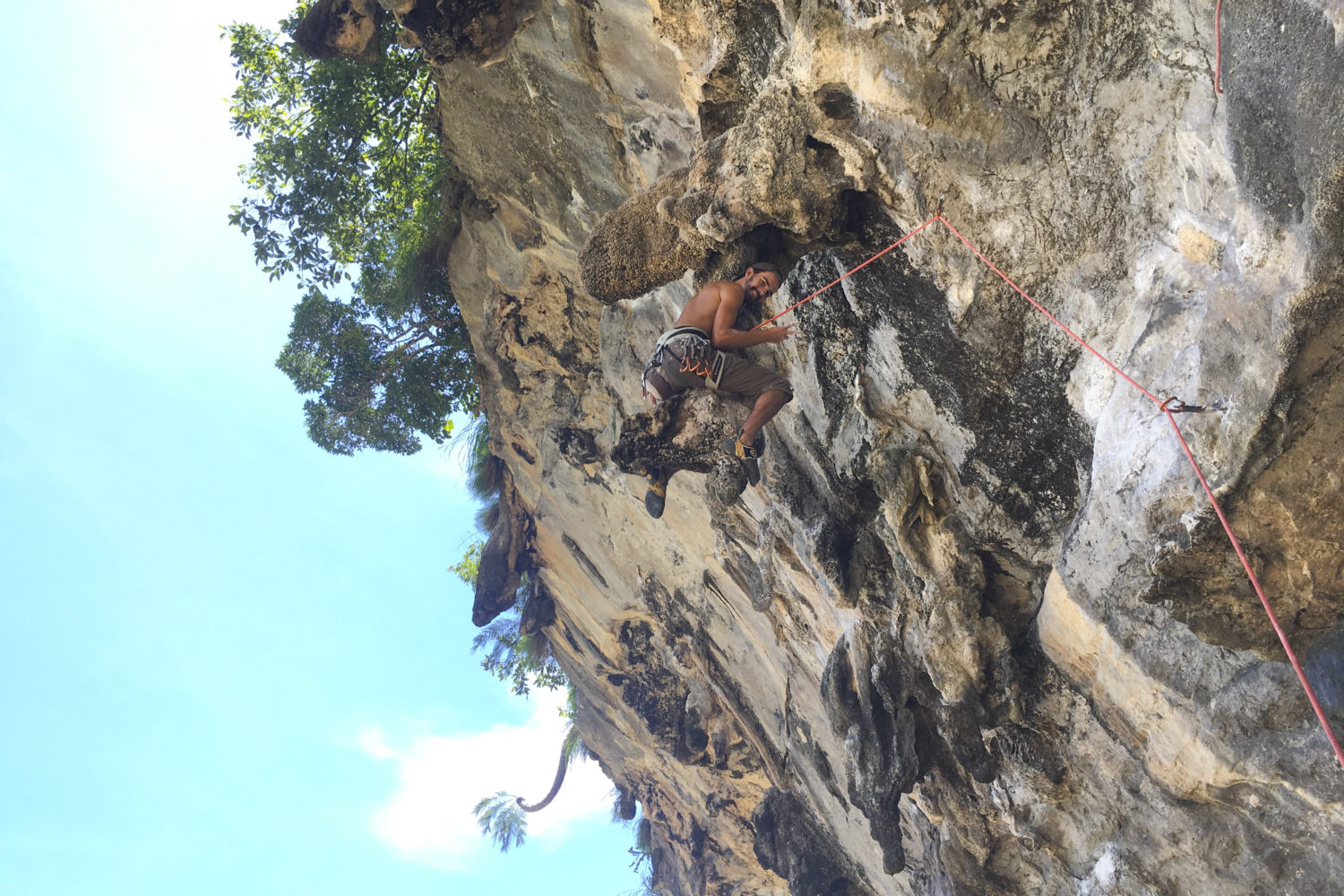
‘Beauty and the Biest’ showcases Tonsai’s crazy stalactite climbing. Climb up for a couple of bolts to a big ledge where the holds disappear. Turn around on the ledge and face the huge, out of reach, hanging stalactite. Choose between either a trust fall out onto the stalactite or a full-on jump to it. It’s wild.
Unfortunately, some tourism authorities recently ordered that the bolts on Beauty and the Biest be removed due to concerns about the huge stalactite eventually breaking and hurting someone.
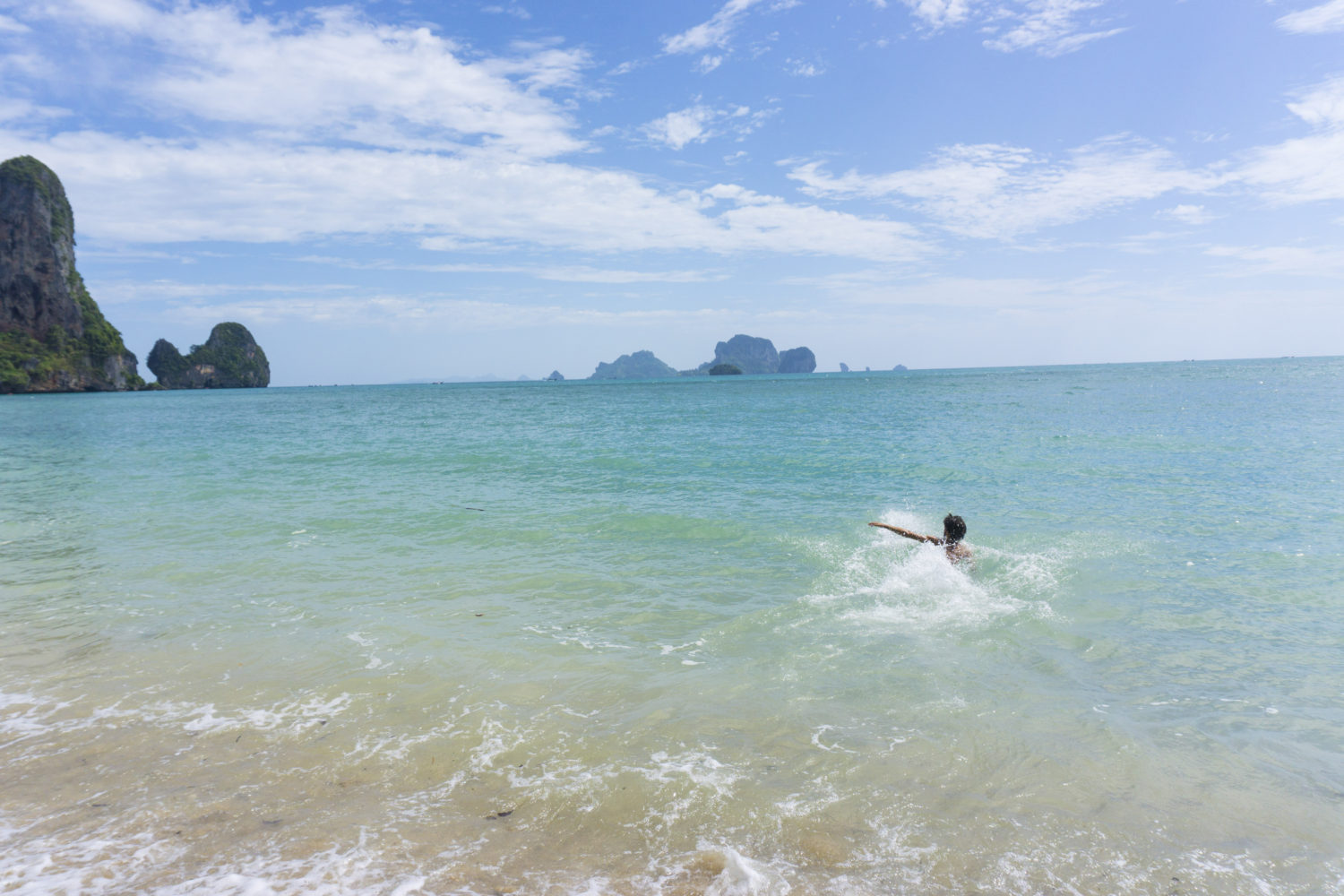
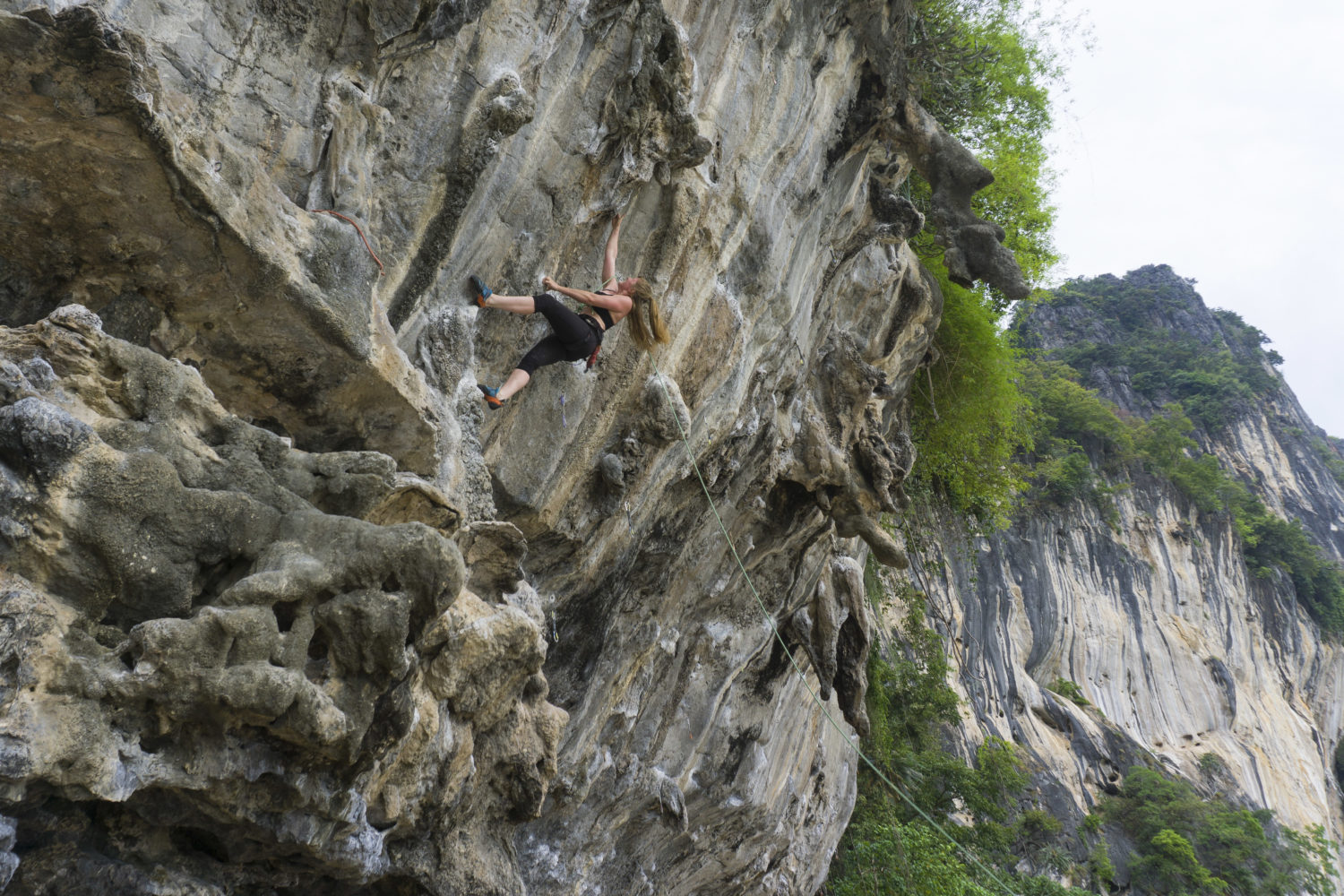
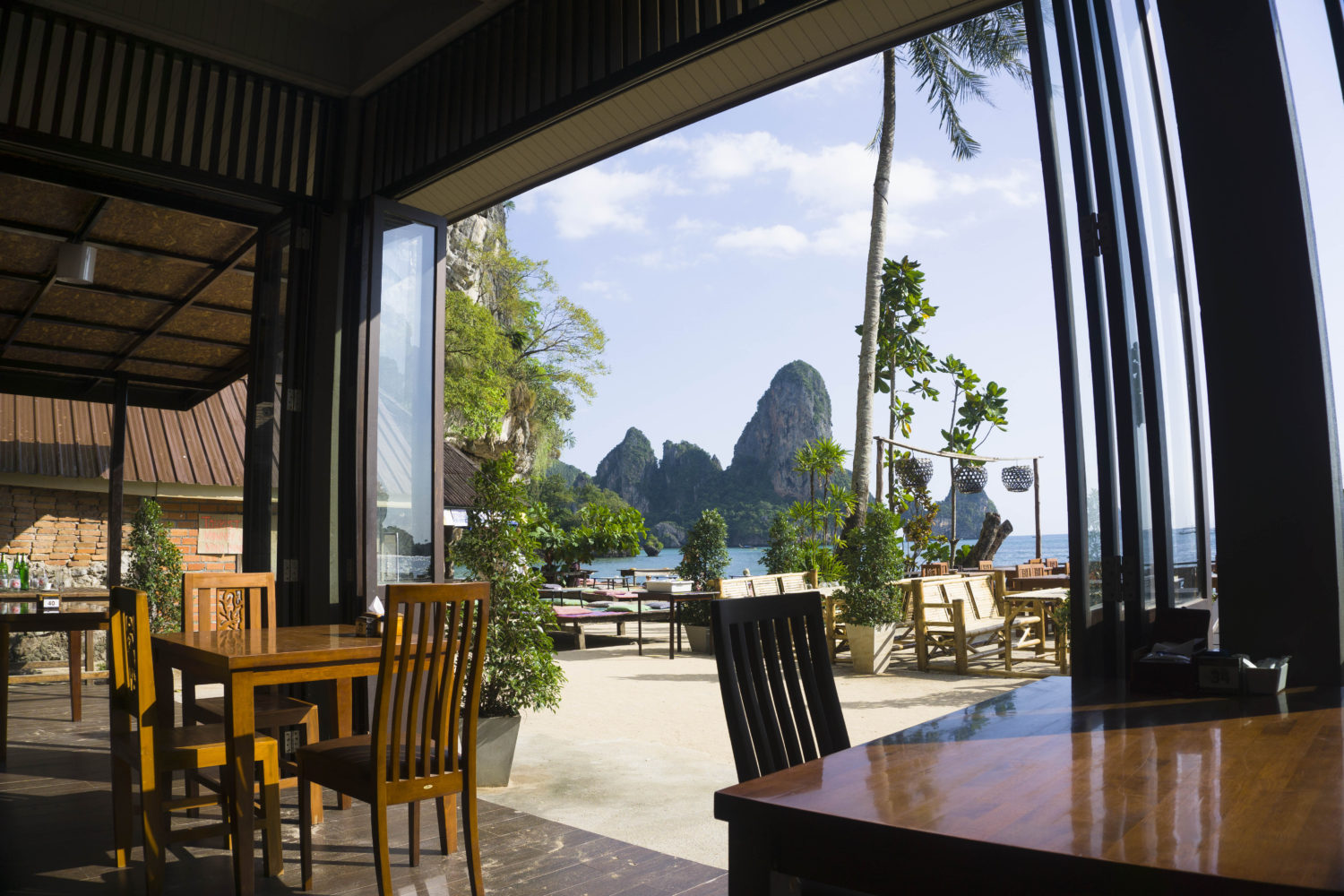
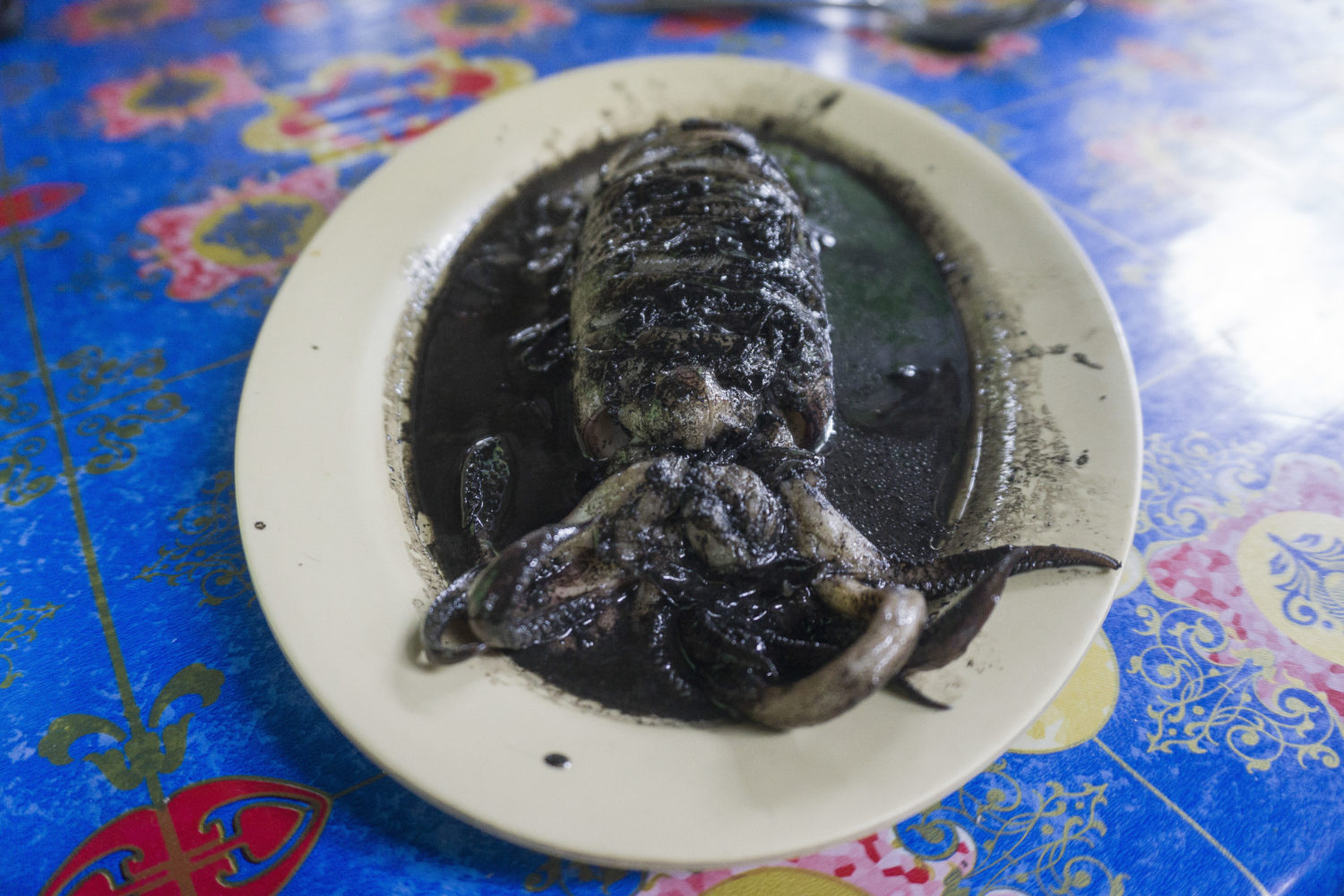
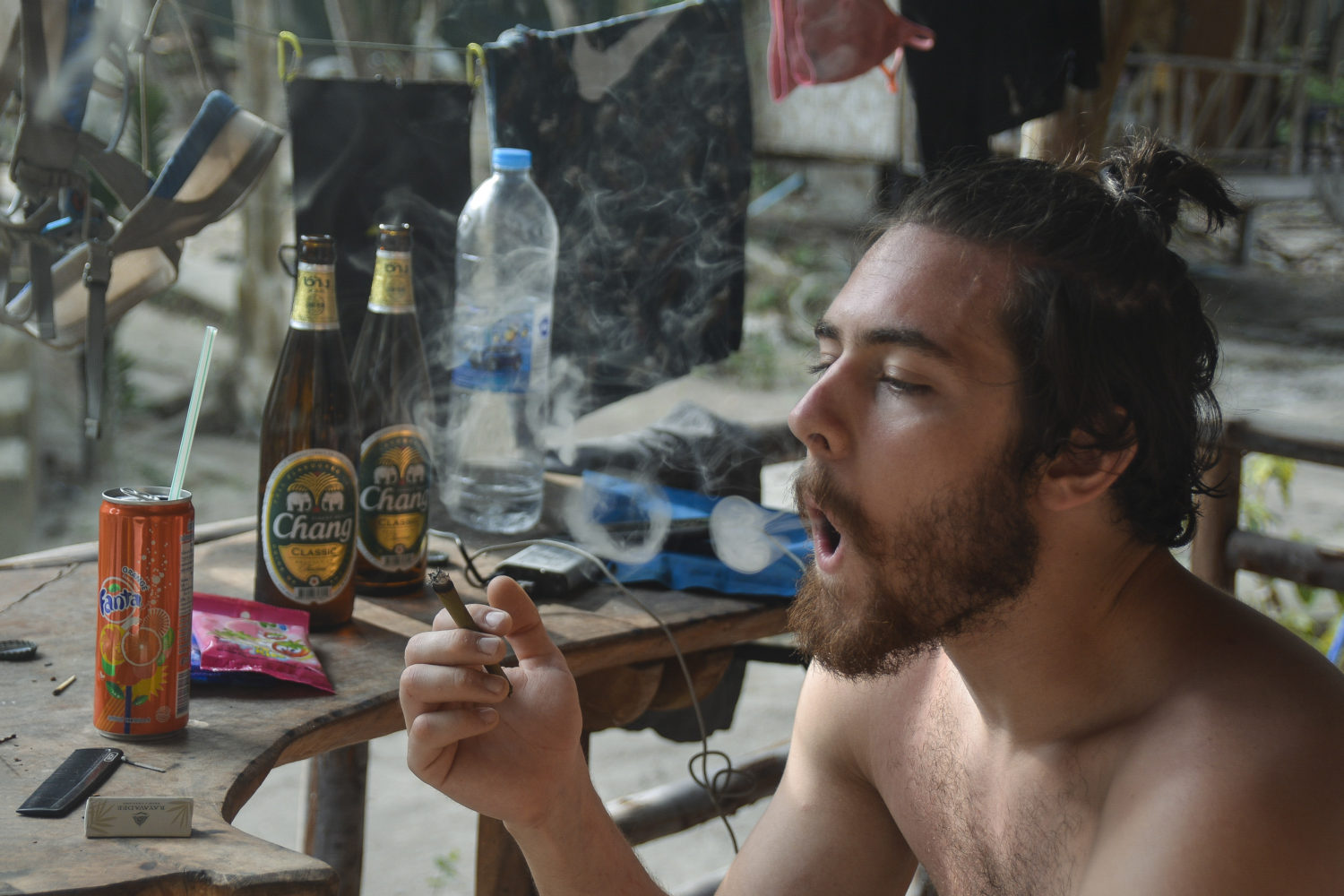
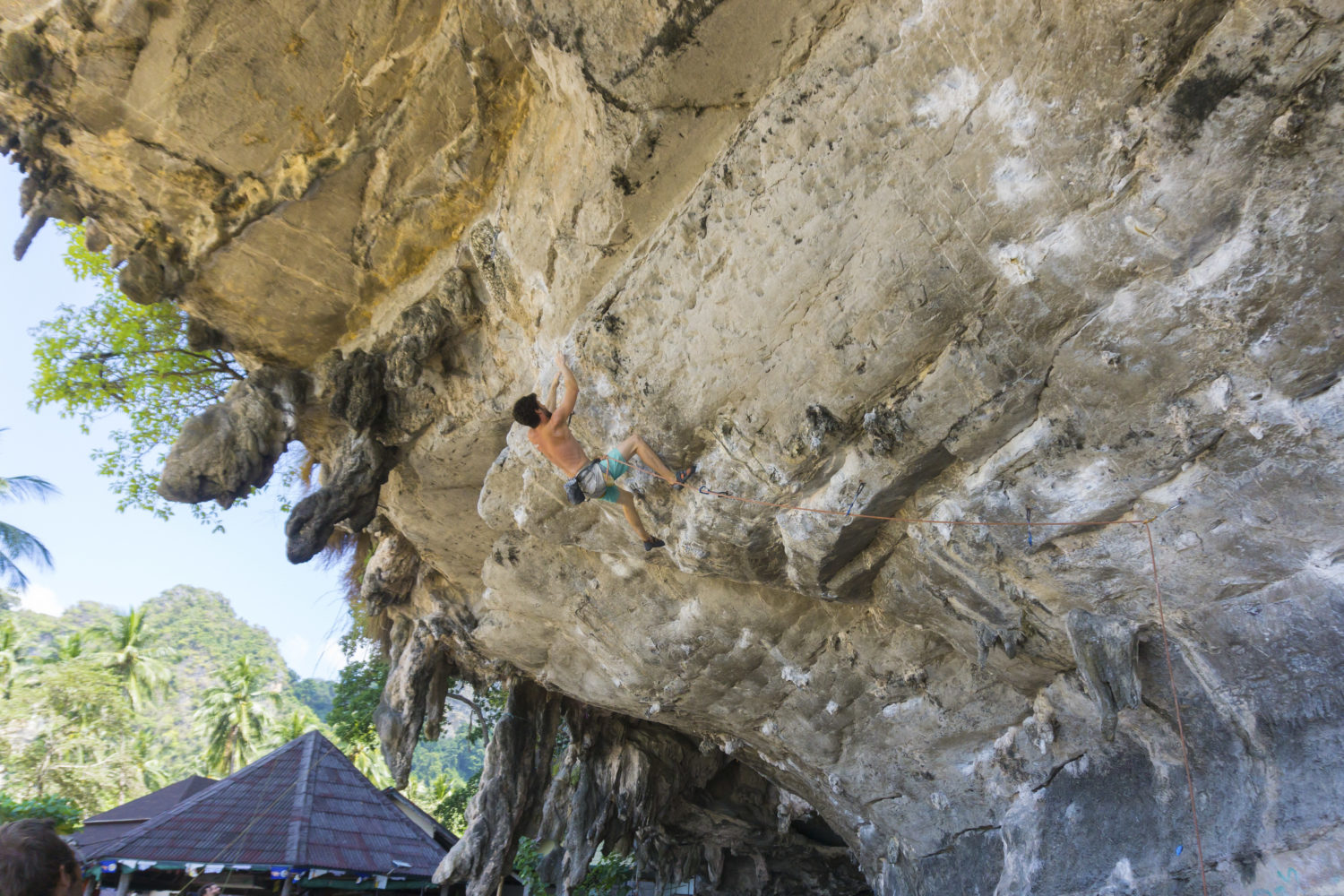
Tidal Wave is the showcase route of the beach area and potentially the most climbed route on Tonsai. It’s relatively short and it gets constantly lapped and projected. Apparently, it has recently received an upgrade to 12d because of how polished the holds have become. Even with the polish it’s an enjoyable climb, and a beach classic.
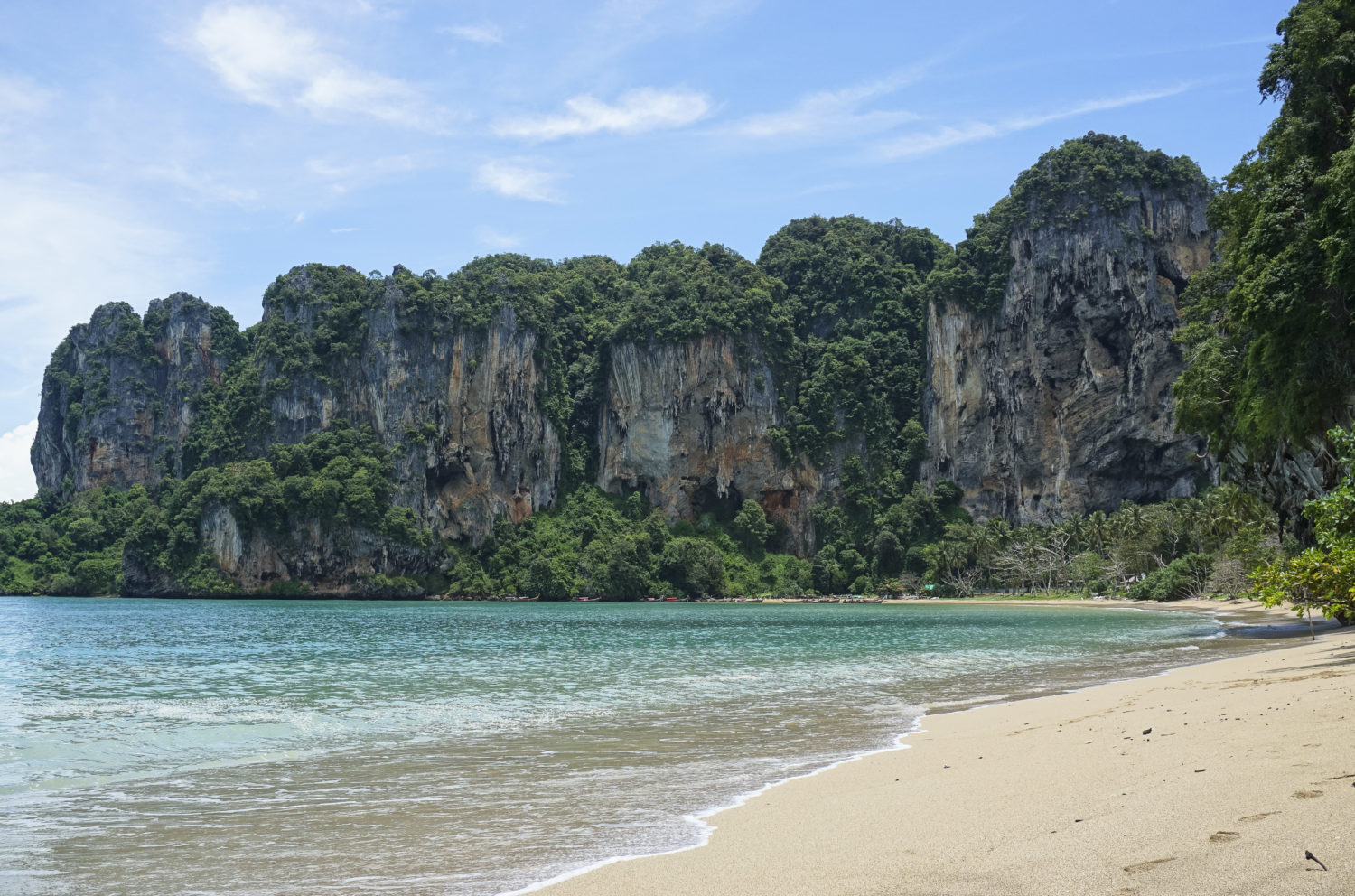
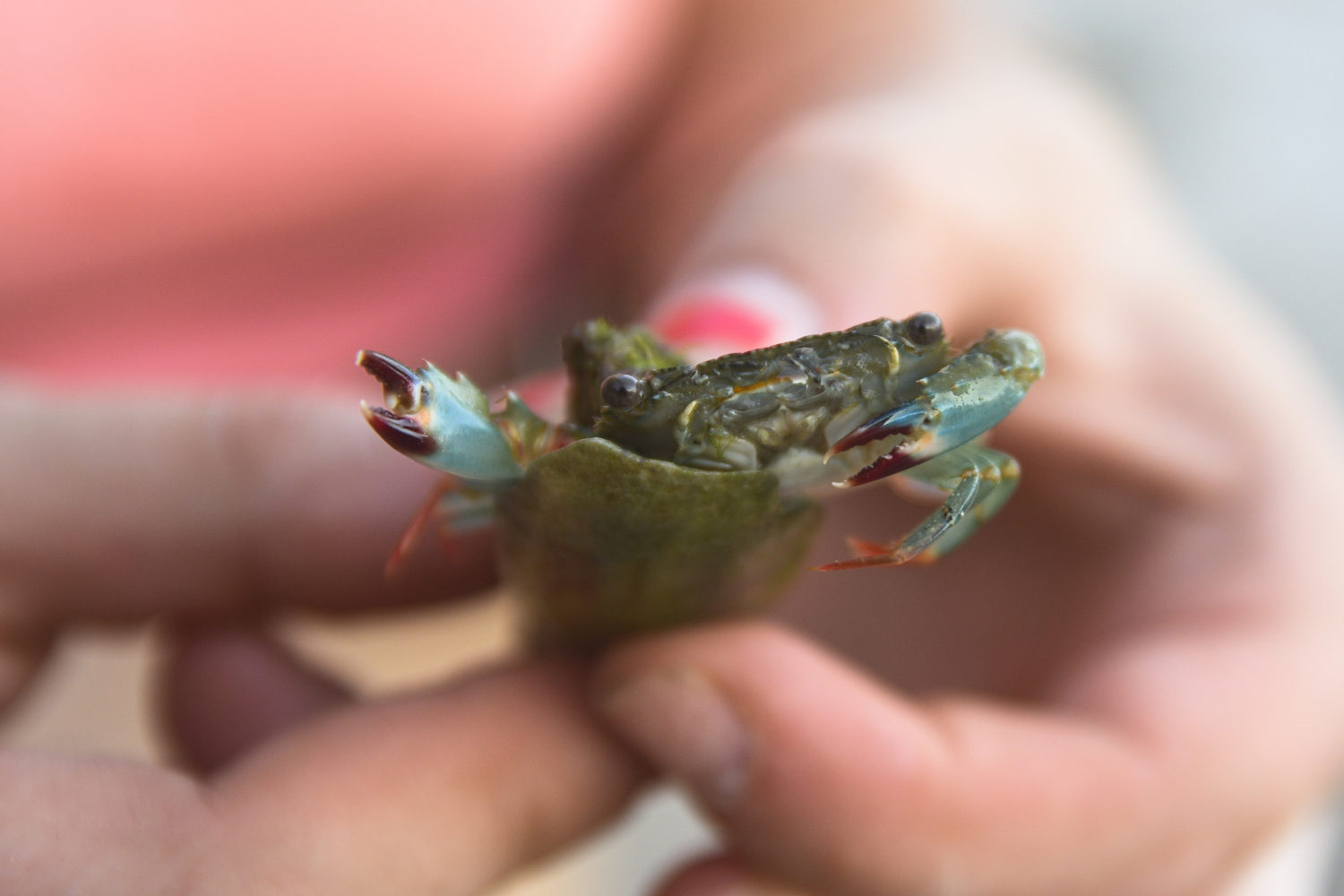
The whole area can feel like a Planet Earth episode at times. The meter-long Monitor Lizard patrols the small patch of jungle on the beach, Langurs travel in packs through the jungle canopy, Macaques hang out on the limestone slabs, and there’s also the occasional snake, like the chill Reticulated Python that napped for a full day at the base of Tonsai Playboy.
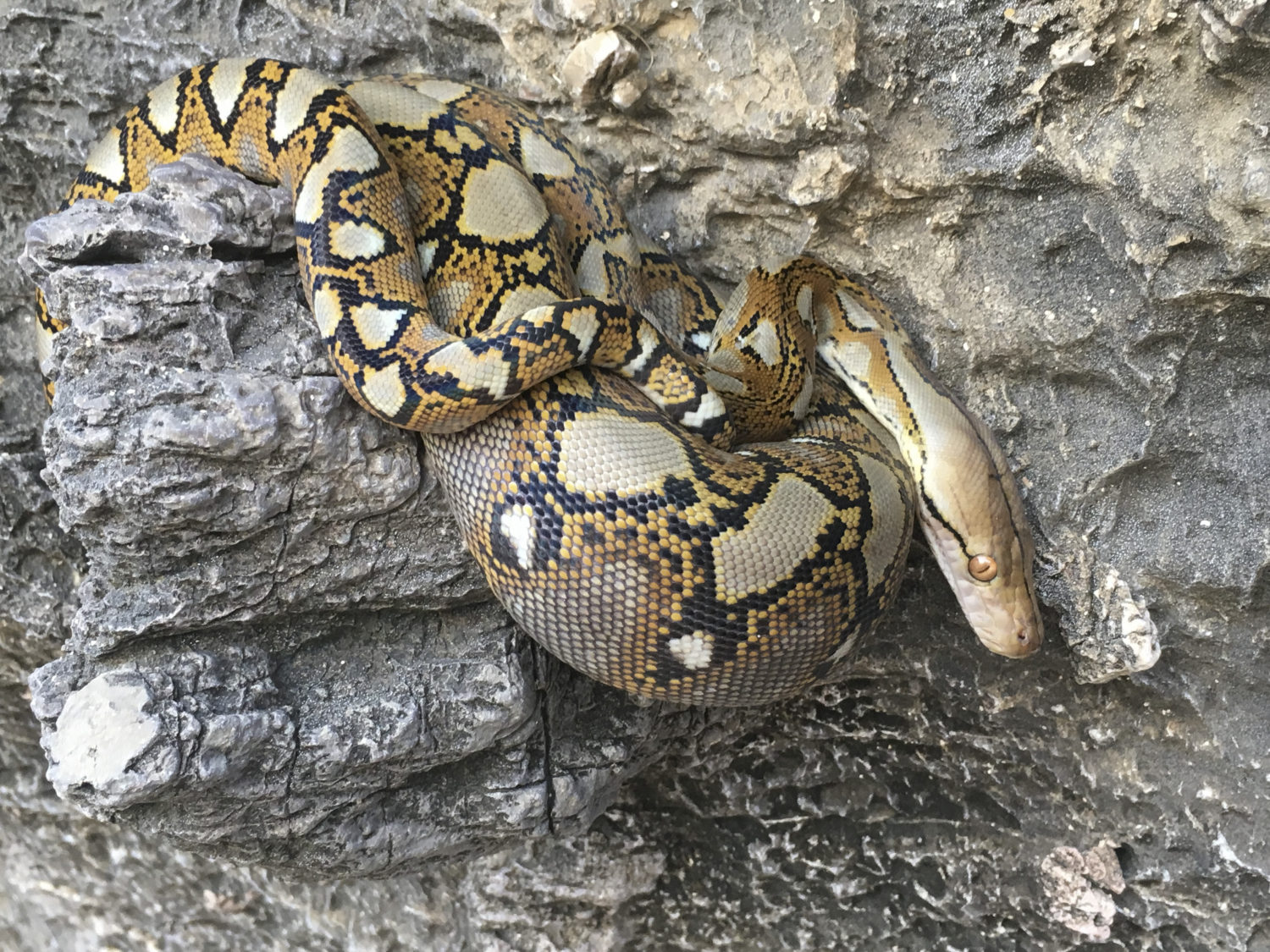
Most memorable, though, was the morning I walked onto the porch of my bungalow and whipped my hammock off of the ground. Hood up and angry, a cobra fell out of the folds not happy at being woken up. I leisurely shuffled sprinted to the other end of the porch, and, after a minute, the snake eventually started to slither around the side of the bungalow. The gardener noticed something was up and freaked out when he saw the cobra. He literally ran down the path yelling and came back a few seconds later with a broom, which he promptly used to kill the unlucky serpent. His reaction made more sense later, when I learned that this species of snake, a Monocled Cobra, is responsible for the most snake-related deaths in Thailand, with a venom toxicity that can kill people in around an hour. Still, I would have let it live.
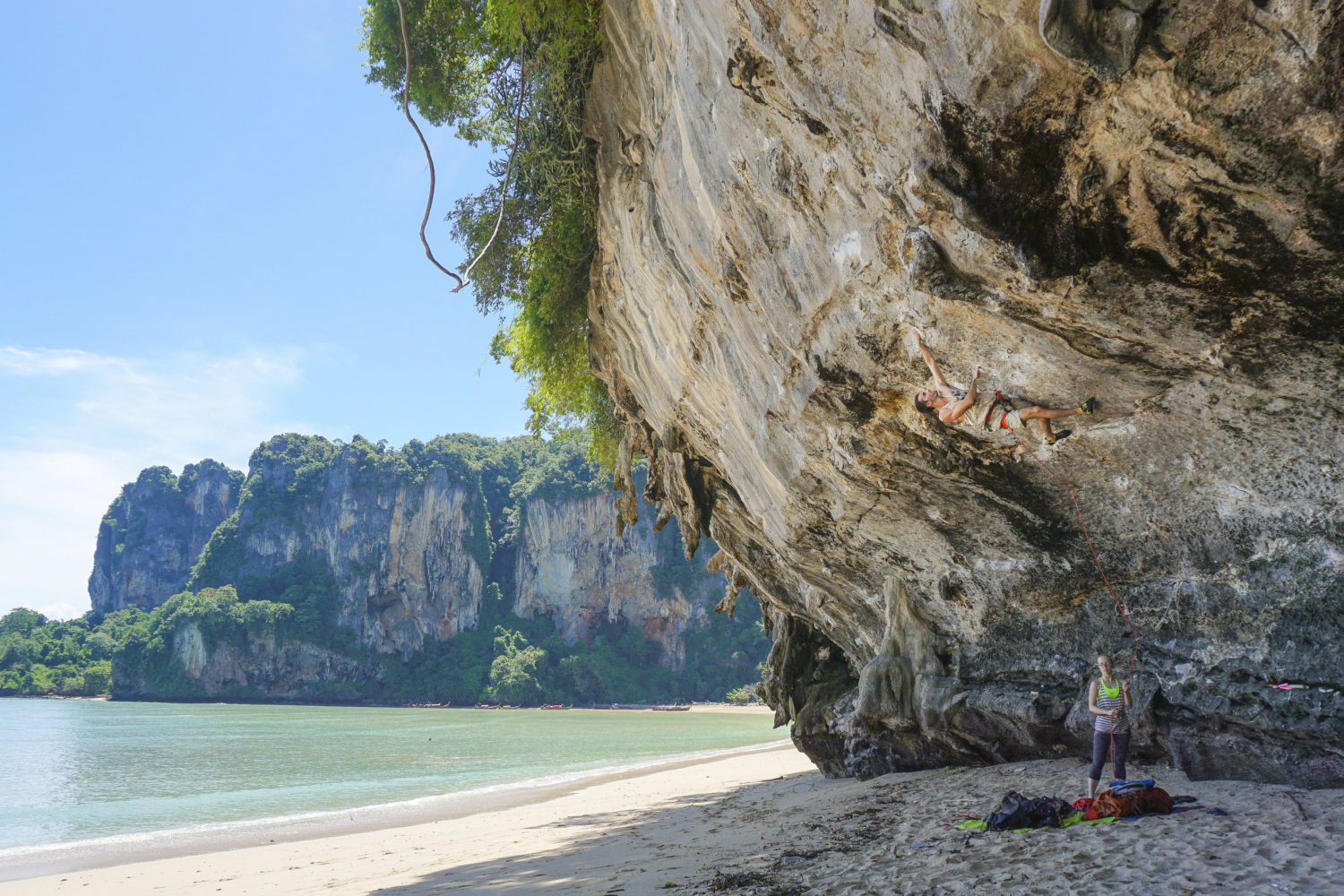
The right side of the beach wall rises out of the sand like a sculpted wave of limestone. The sweeping overhang is capped by a consistently but gently overhanging headwall. This section of wall hosts no routes that are easier than 5.13. ‘Bhet Mak’ is the line that splits the overhang and finishes at the tallest point on the wall. The fact that Bhet Mak was the second line bolted on a wall with so many classic climbs, speaks to how much this line begs to be climbed.
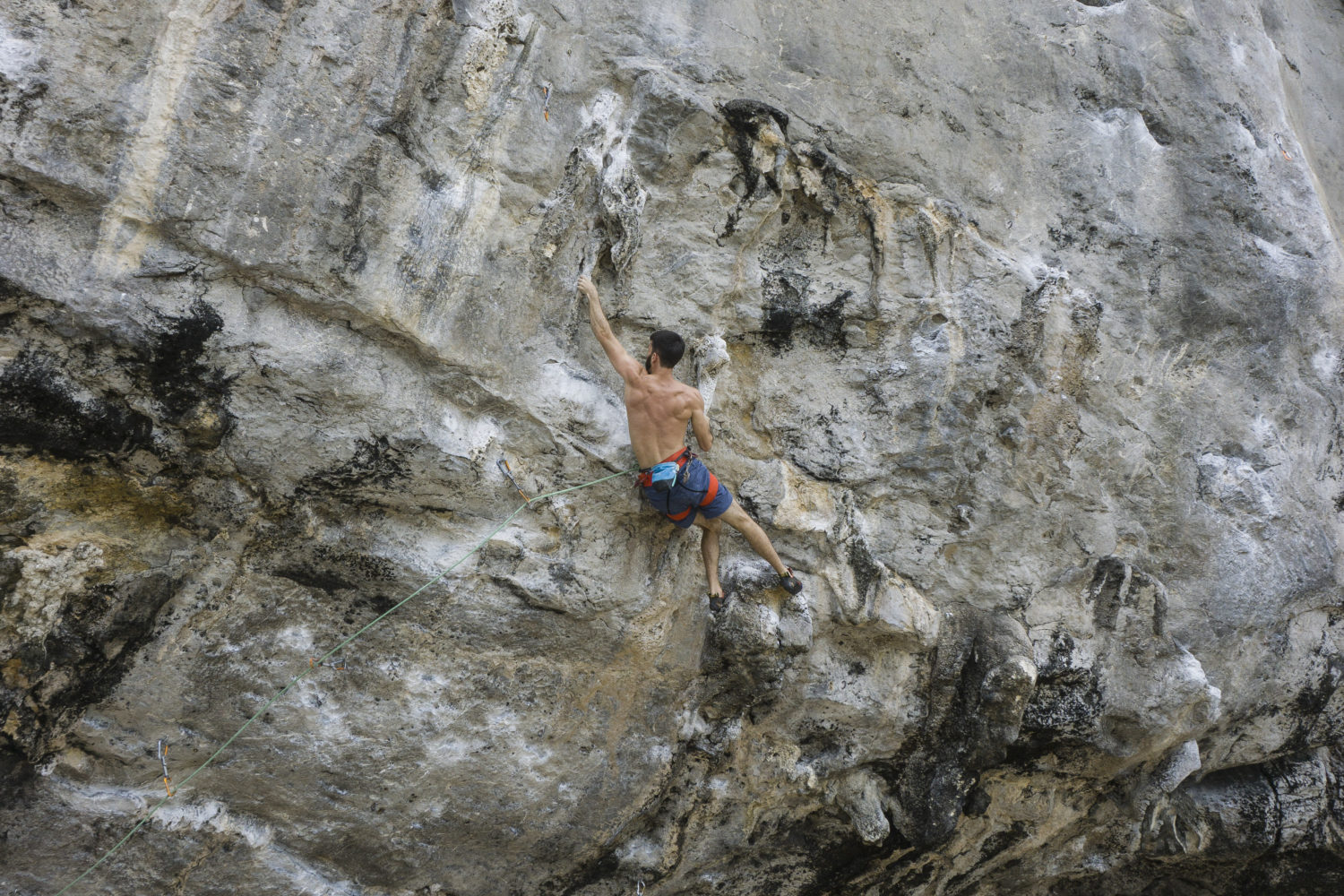
I had been eyeing Bhet Mak since my first trip (yes the one where I couldn’t climb 5.11). A few trips later, I decided that I was willing to invest time into Bhet Mak, even if it meant that I didn’t get to climb anything else on the trip, which ended up being the case. I came home from the next two trips having only clipped that chains on a few forgettable warm-ups and filled a note on my phone with all of the crucial micro beta for Bhet Mak. The route is brilliant. Off the deck, 25 feet of bouldering takes you through the steep overhang and includes a wild dyno and several powerful moves on perfect two-finger pockets. A core intensive sequence, involving crimps and a ninja kick to a tufa, guards the headwall. From there, huge moves on massive holds deposits you at the final redpoint crux deadpoint to a two-finger pocket at the top of the wall. A couple of moves later and you’re clipping the anchor. The aesthetics, movement, rock quality, and position of this route are five stars on a four star scale. Bhet Mak is the best sport route I’ve ever tried, and no other route comes close.
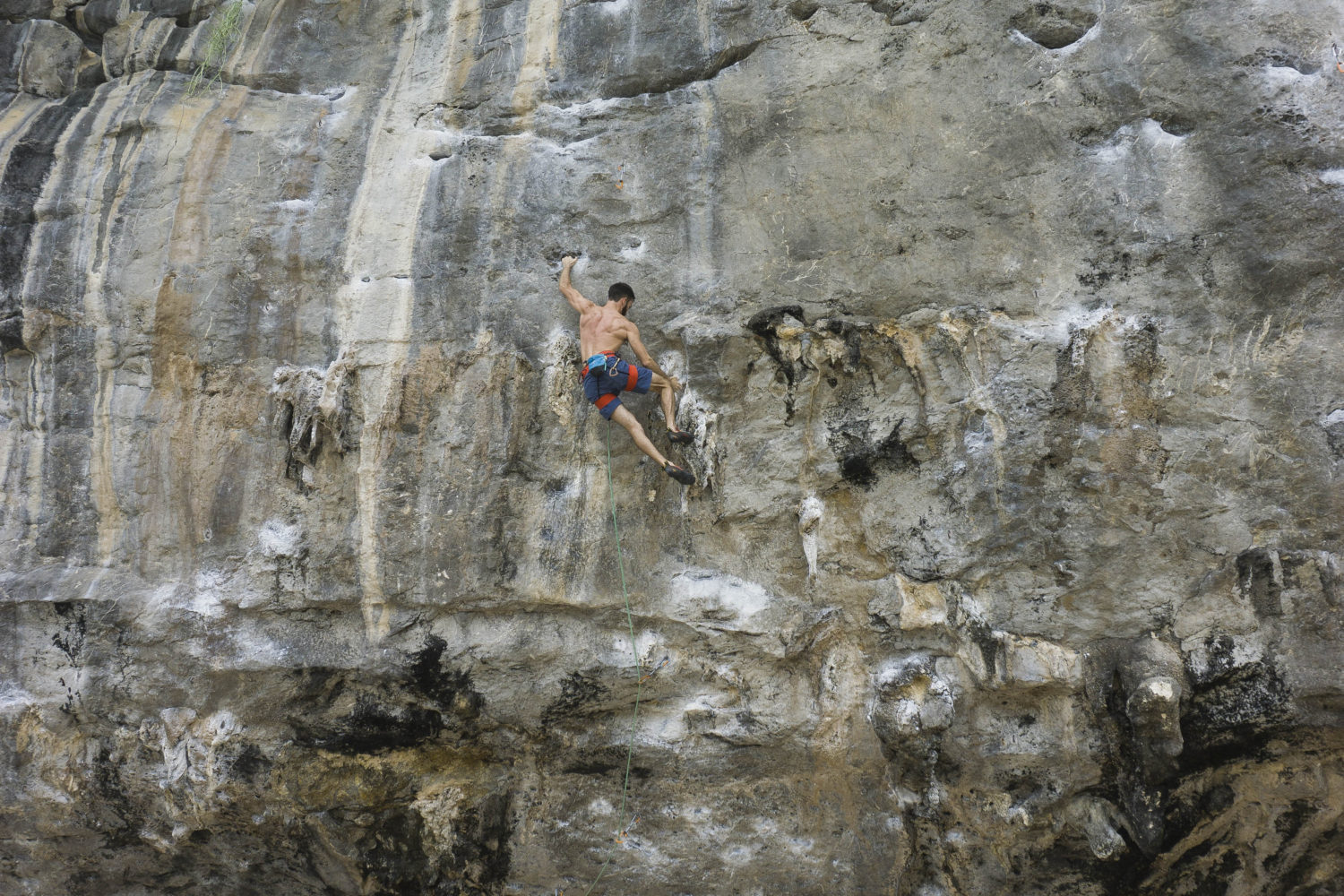
By my third trip, I was consistently able to climb through the bouldery overhang, up through the big jug pulls, and would consistently fall on the deadpoint to the redpoint crux pocket. On one go, I actually latched the pocket but was just too pumped to lock off and reach the next jugs. For a couple of days after that, I climbed worse and couldn’t get back to that high point. At some point, I finally latched the crux pocket from the ground. Pumped out of my mind, I locked off and pulled up to the jugs above. I remember being so pumped at the top that I had to shake out on the final jugs for about a minute just so I could lock off to clip the chains.
Bhet Mak means ‘Very Spicy’ in Thai.
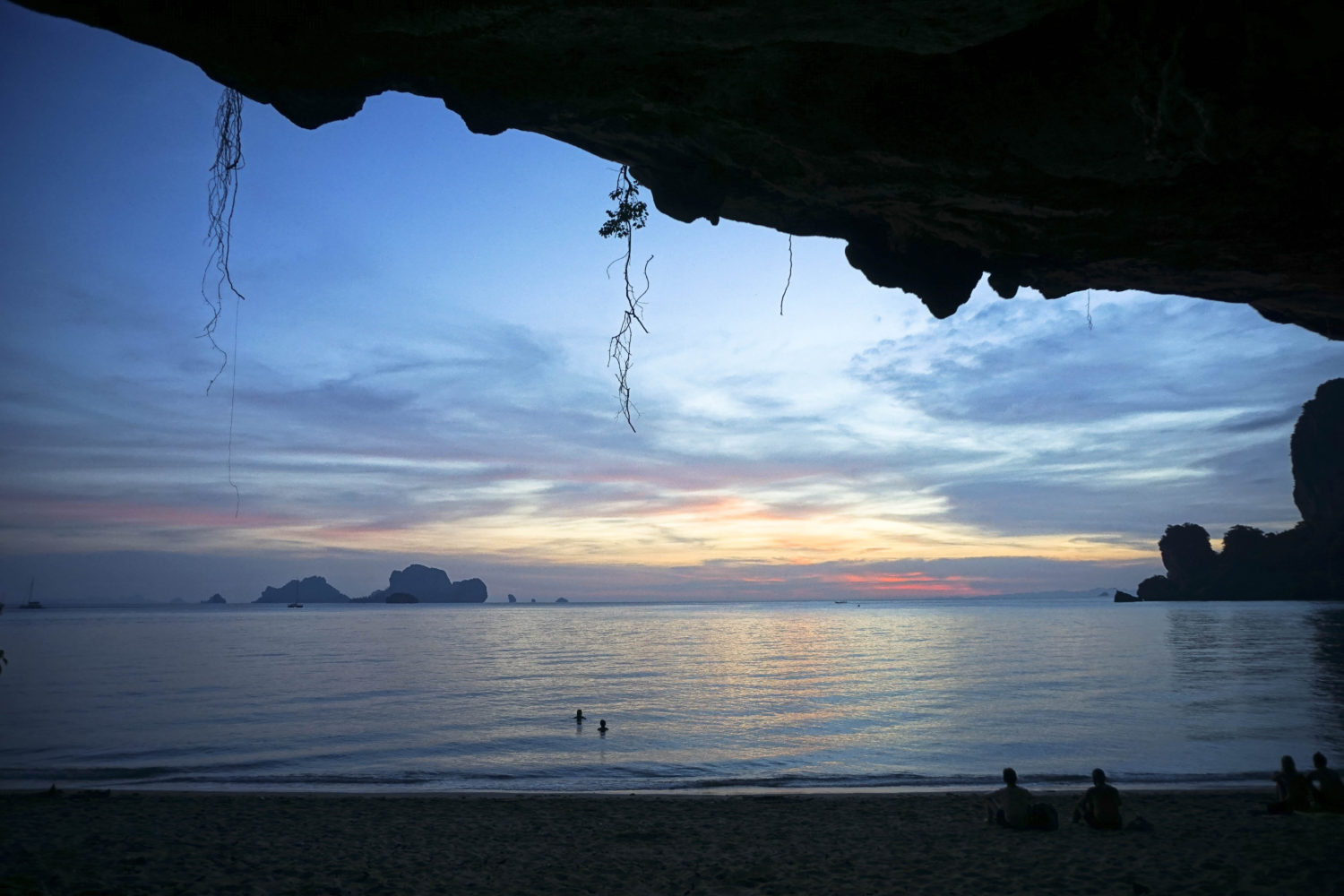
My longest trip to Tonsai happened on accident, when I was forced to evacuate Myanmar due to some dangerous circumstances. I was in a hollowed out state when I arrived in low season to quiet, empty beaches and a tight knit community of low season climbers. I slept, wrote, talked, and climbed my way back to a baseline feeling of humanity, and I know others who have had similar experiences. Tonsai Therapy.
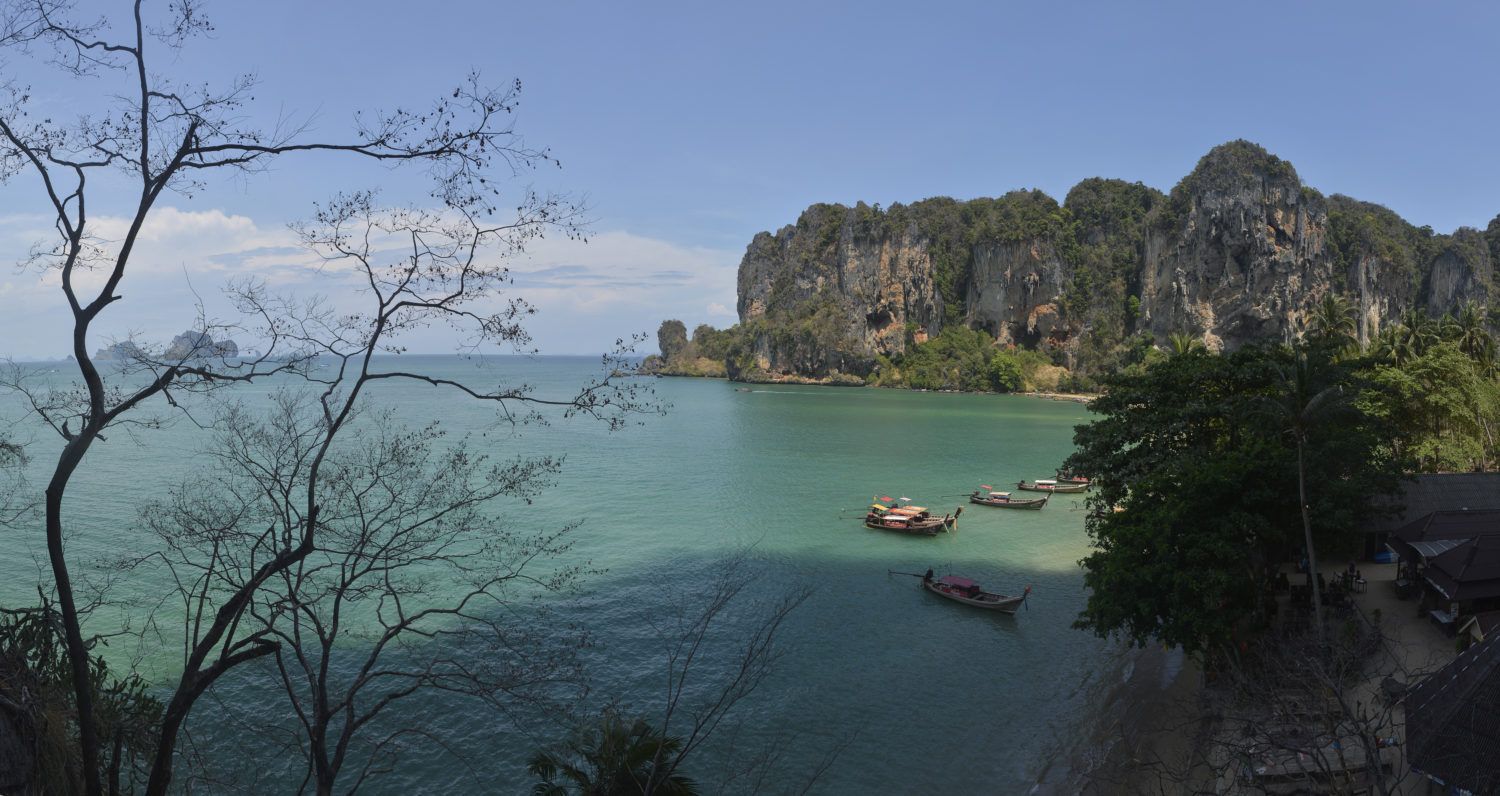
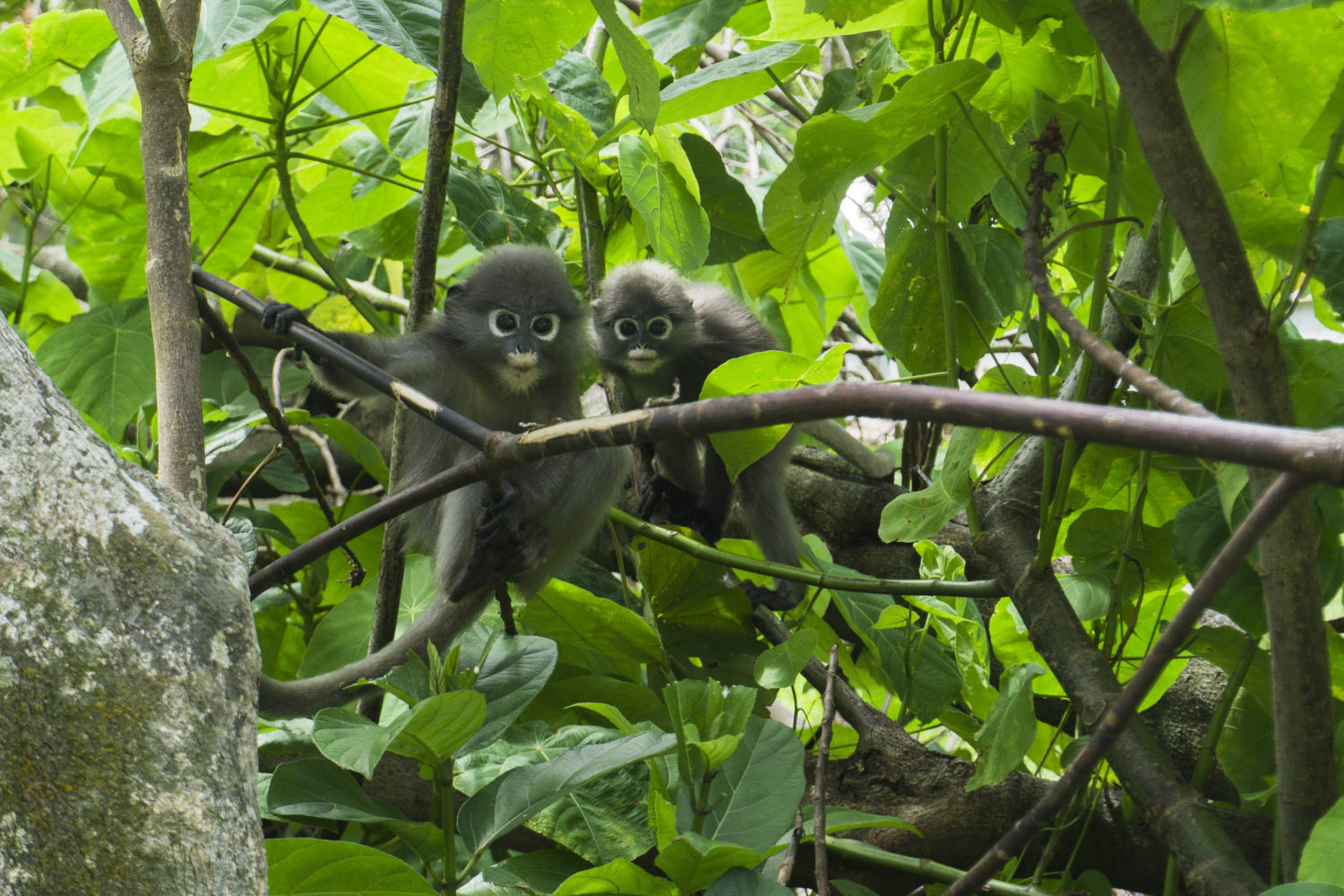
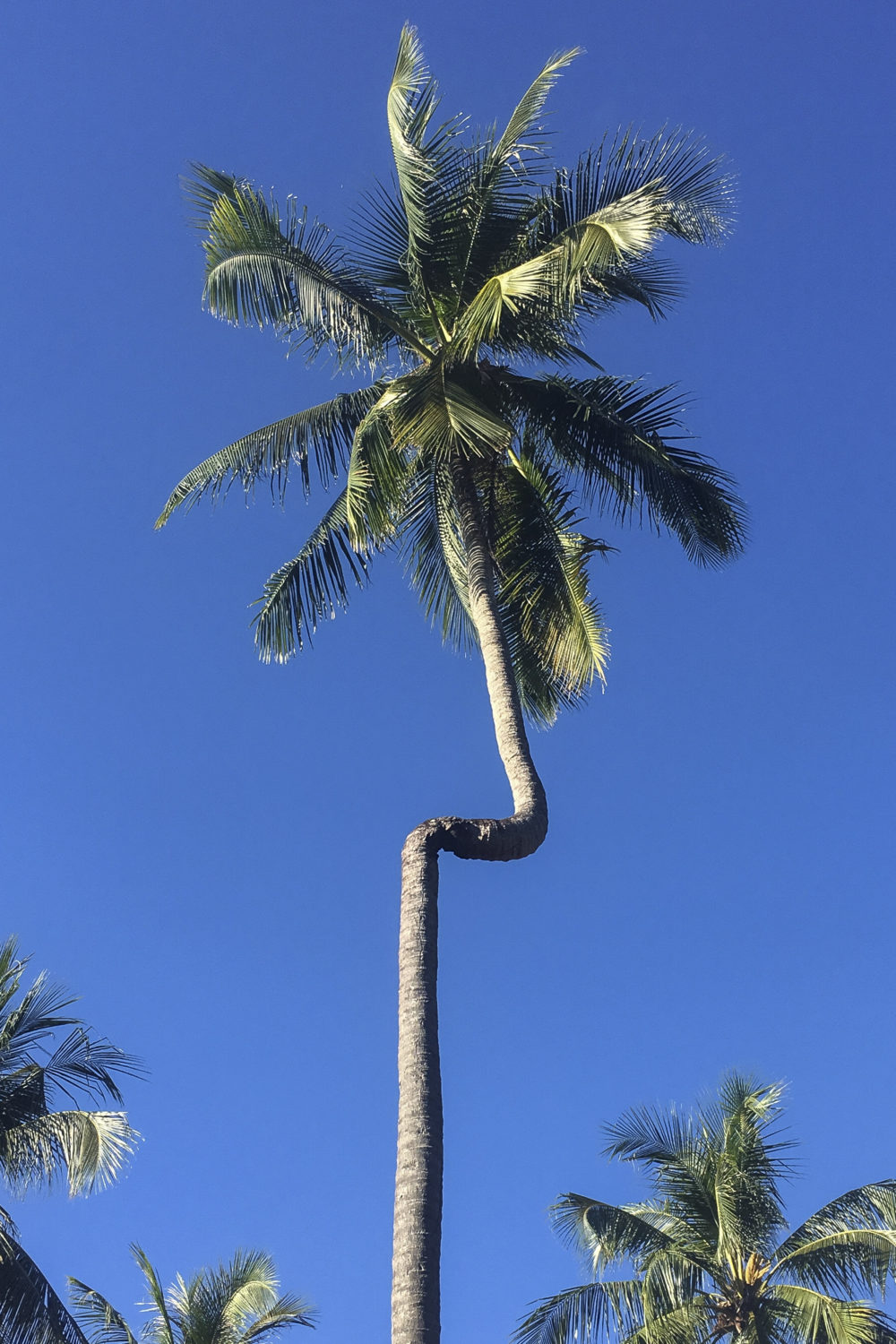
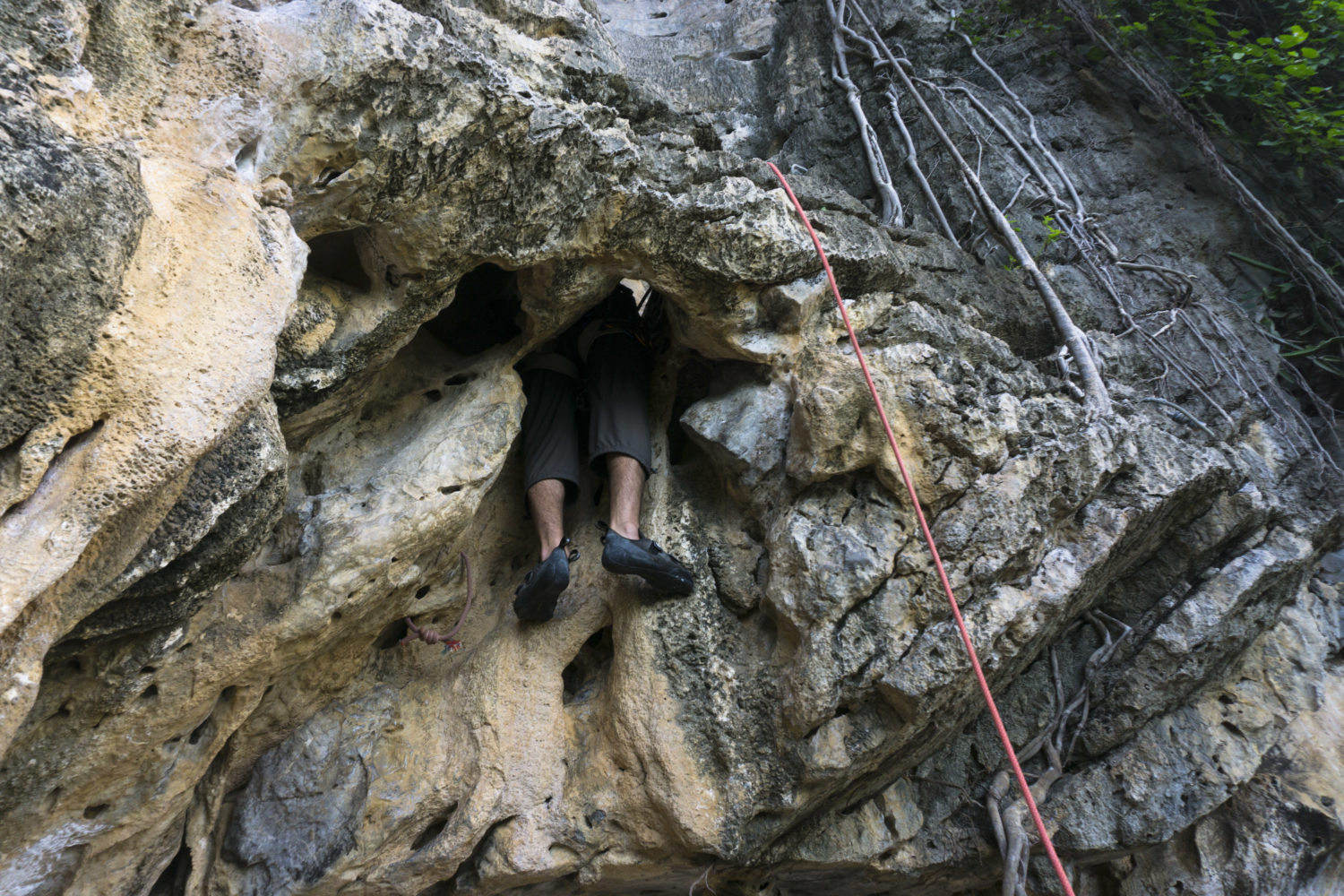
Groove Tube, one of the classic moderates on Tonsai’s Fire Wall. 30 meters tall, tons of jugs, and the cool tube feature to climb through at the top.
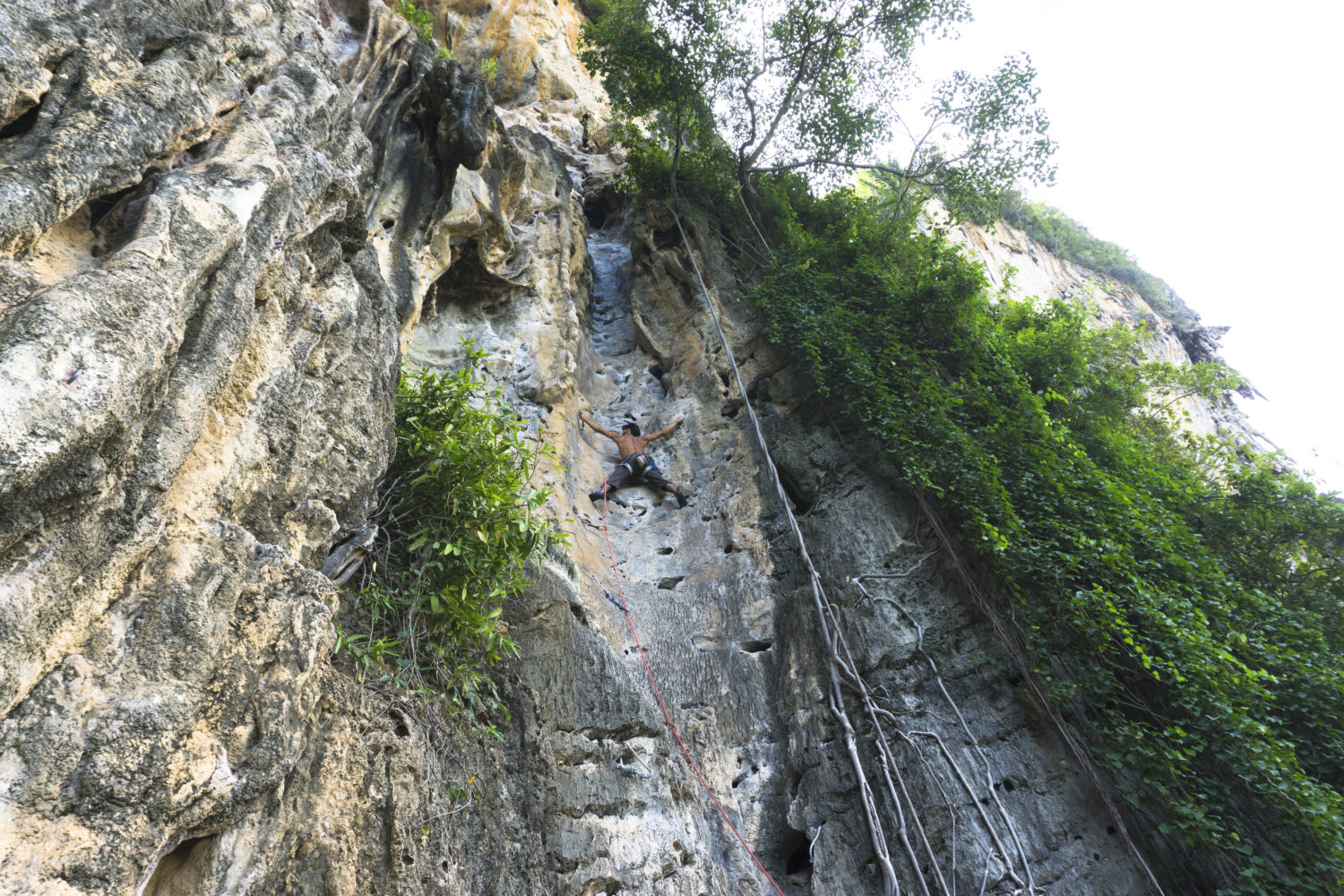
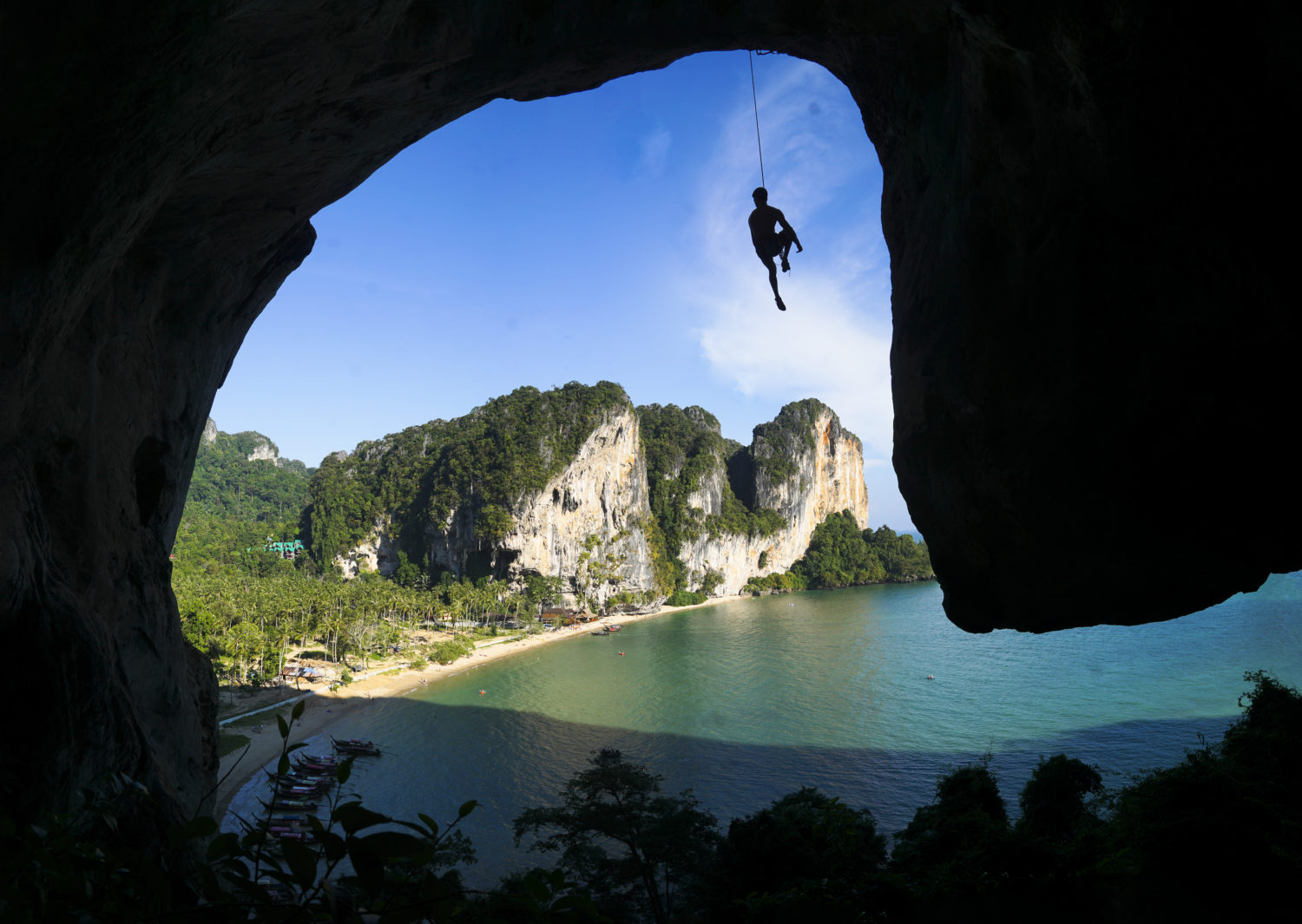
Burnt Offerings is Tonsai’s classic photo op. Starting in a cave a few hundred feet off the water on Fire Wall, an overhanging traverse on jugs leads out a massive roof into space. A couple of hard crux moves at the lip lead to pumpy moves to the anchor, and this view on the way back down.
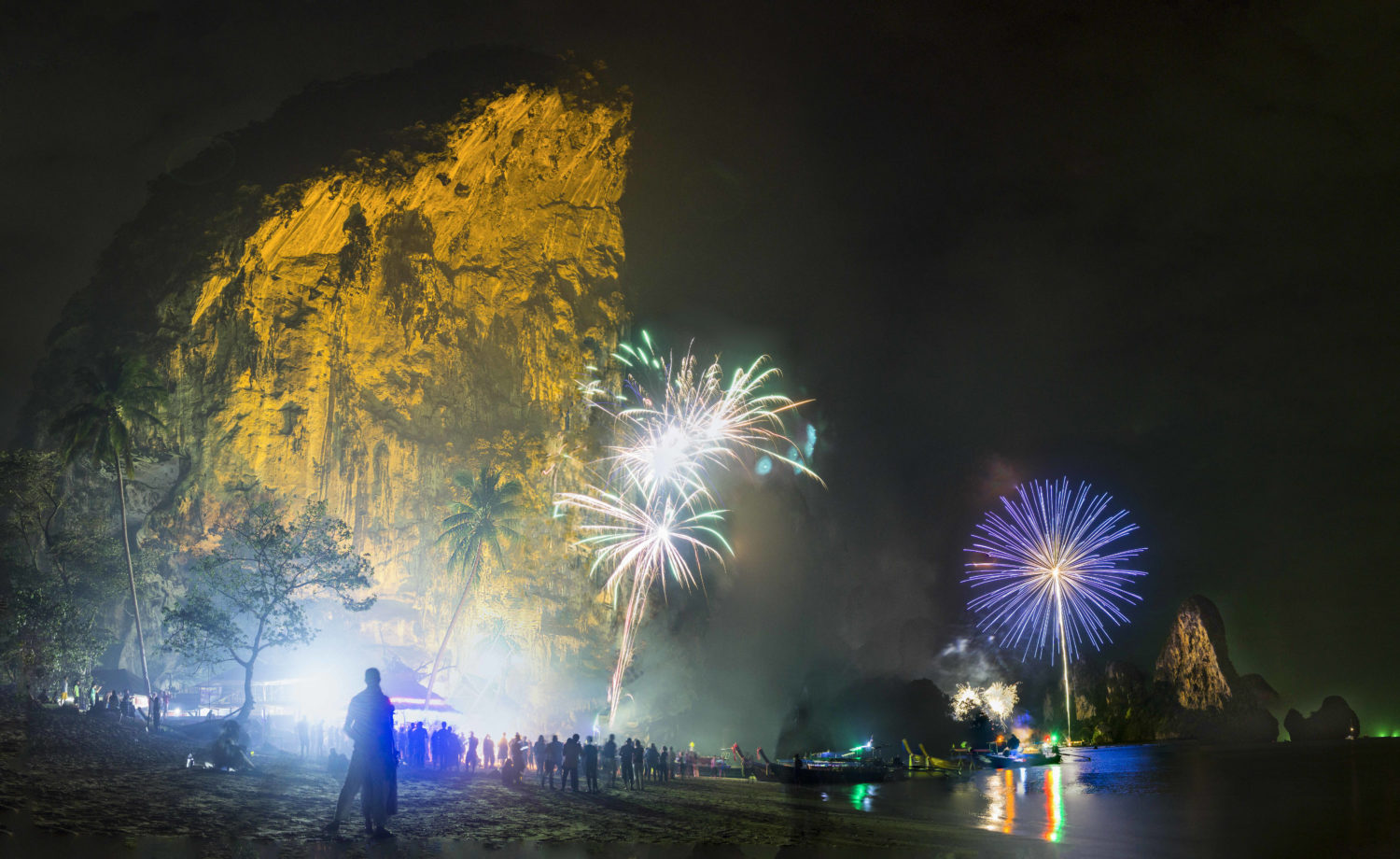
As Katie and I are preparing to leave Asia, it might be quite a while until another Tonsai trip is on the horizon. It’s been our regional home crag of sorts over the last five years; a refuge of recovery from trauma and detox from the concrete jungle of Yangon. A place to grow as climbers.
Even in the face of inevitable food poisoning, I looking forward to when I’m back, lowering off a route on the beach and watching the light fade on the sand in front of Freedom Bar, coconut shake in hand
